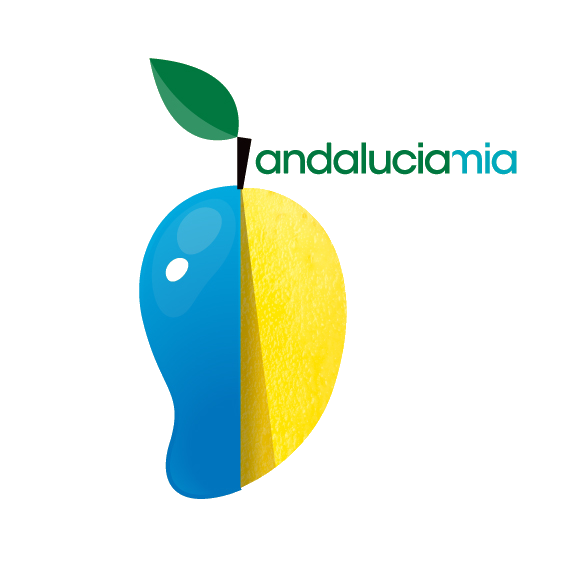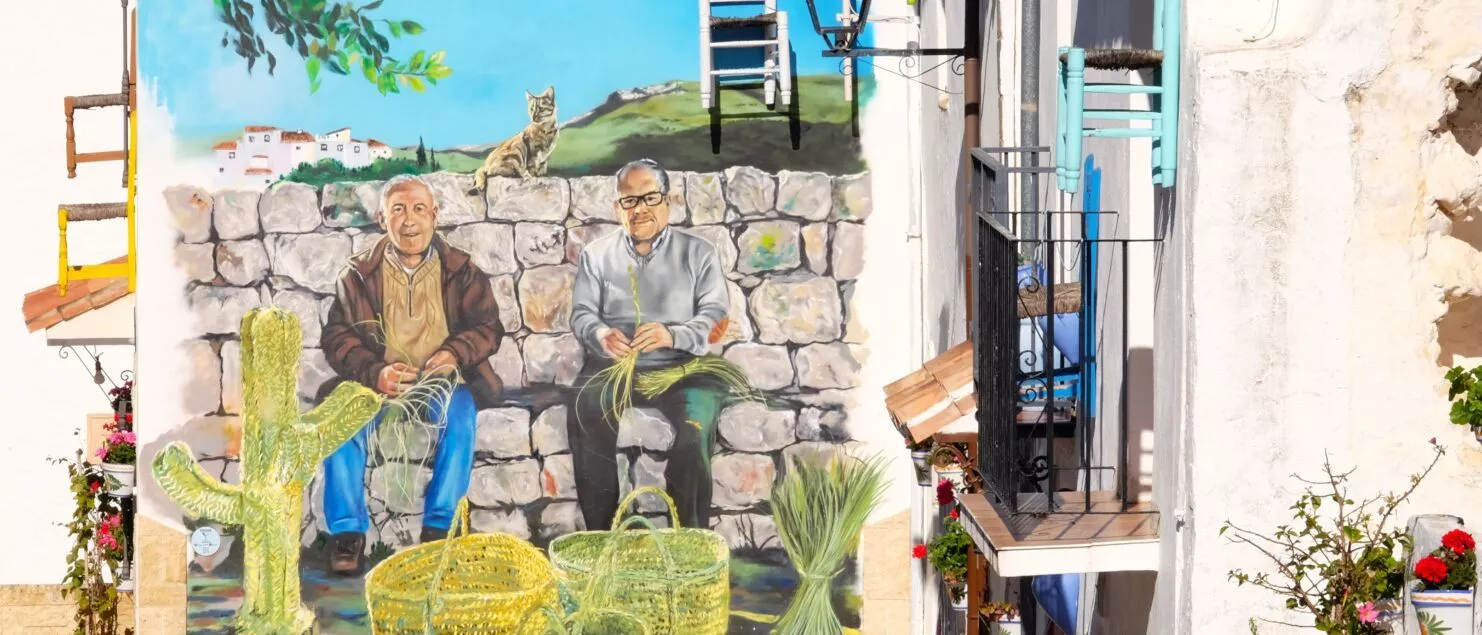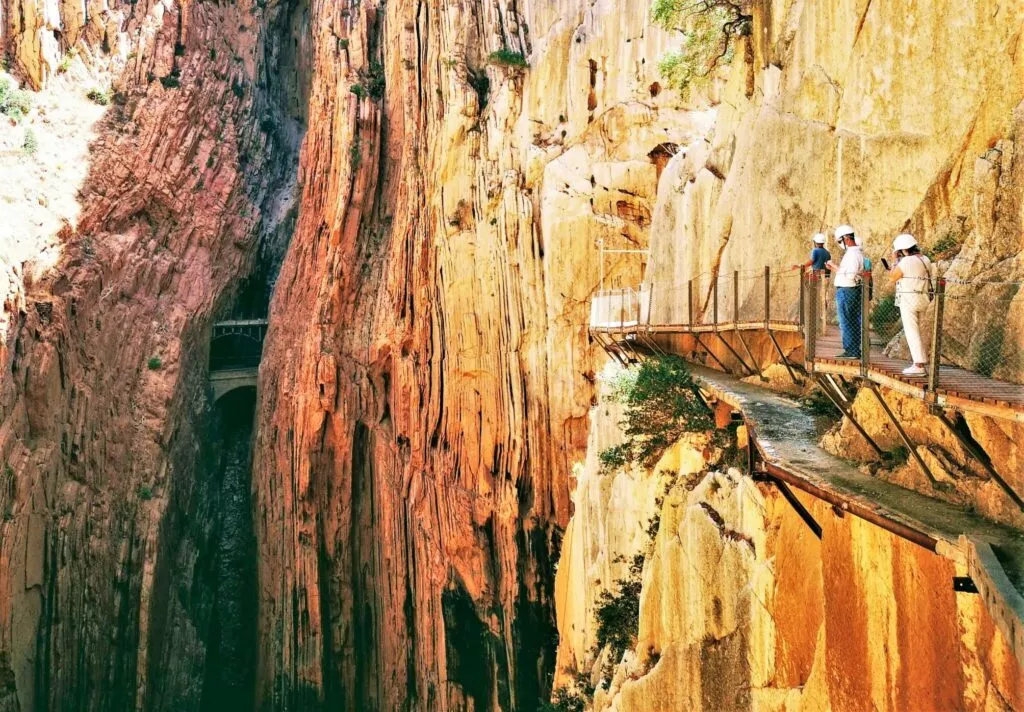What to see in Parauta and its enchanted forest ?
The essential things to see in Parauta, an authentic white village next to Ronda
In this article you’ll find all the information you need to find out everything you must see in Parauta :
- A few words about Parauta
- Where is Parauta on the map?
- Things to see in Parauta
- Why are there chairs hanging high up?
- The village’s fairs
- Where can I park in the village?
- Lunch in Parauta
- What to see and do in the province
- Booking accommodation
- Useful links (bookings and visits in Andalucia)
- Continuing your trip to Andalucia
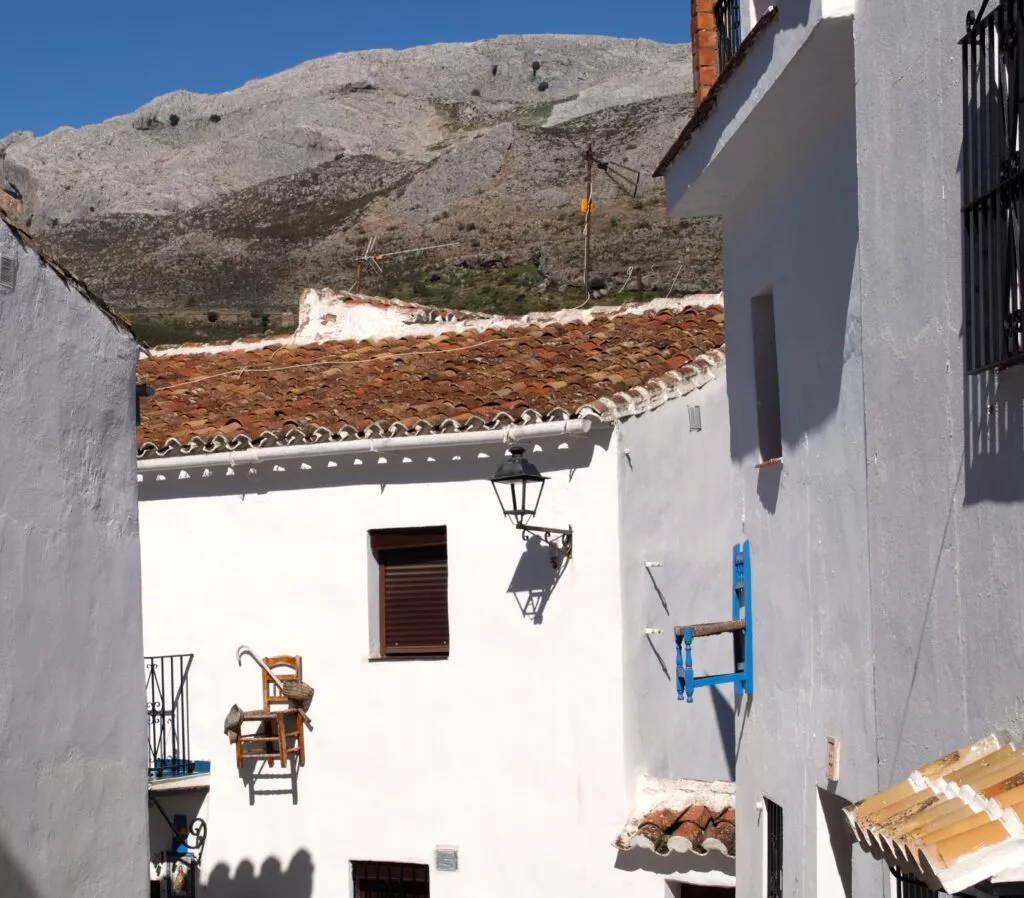
A few words about Parauta
The white village of Parauta is located in the province of Málaga.
Parauta is one of only three villages in the province of Málaga to have become a member of the “Pueblos más bonitos de España” association.
The other two villages are Frigiliana and the village-museum of Genalguacil.

This is Parauta’s exceptional environment:
- Parauta is part of the Sierra de Las Nieves Natural Park, declared a Biosphere Reserve by UNESCO for its high ecological value.
- Parauta is located in the Genal valley.
- The village forms part of what is known as the Serranía de Ronda.
It is a natural area of great beauty in which to enjoy nature. Parauta was also named an Ecological Municipality in 1999.
This village has several curiosities. There’s one that’s particularly pleasing for fans of photography and Instagram posts: there are virtually no electric cables in the streets and the rubbish bins are either underground or built into the walls!
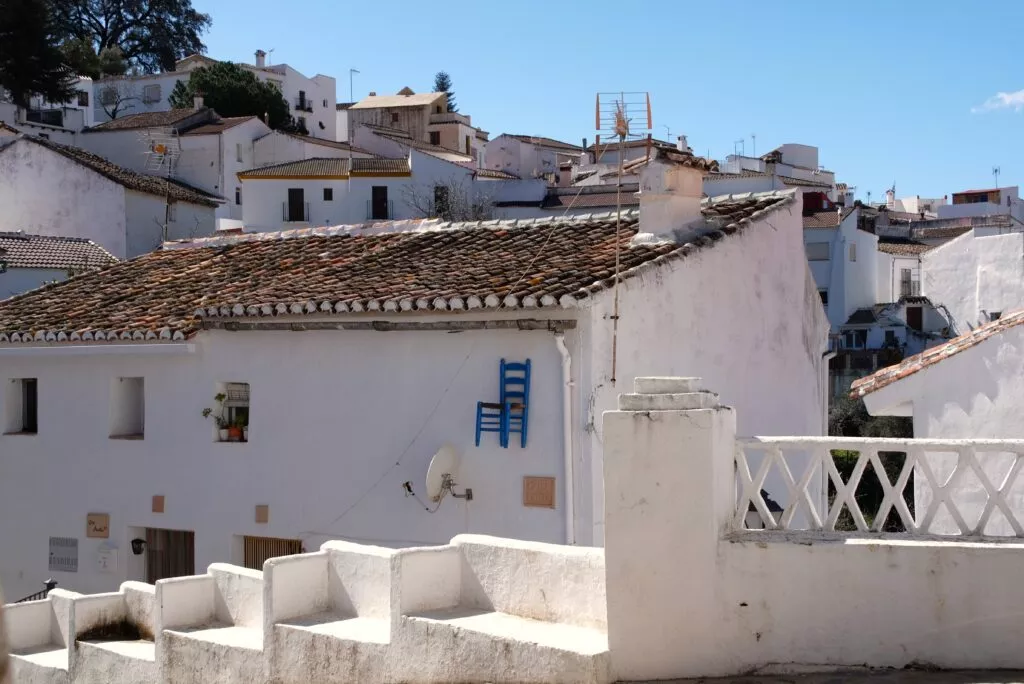
Its fame has been growing since the opening to the public in 2022, of its enchanted forest – Bosque Encantado – where wizards, elves and fairies can be seen!
The façade of the town hall – el ayuntamiento – gives us a glimpse of some of the inhabitants of this curious forest.
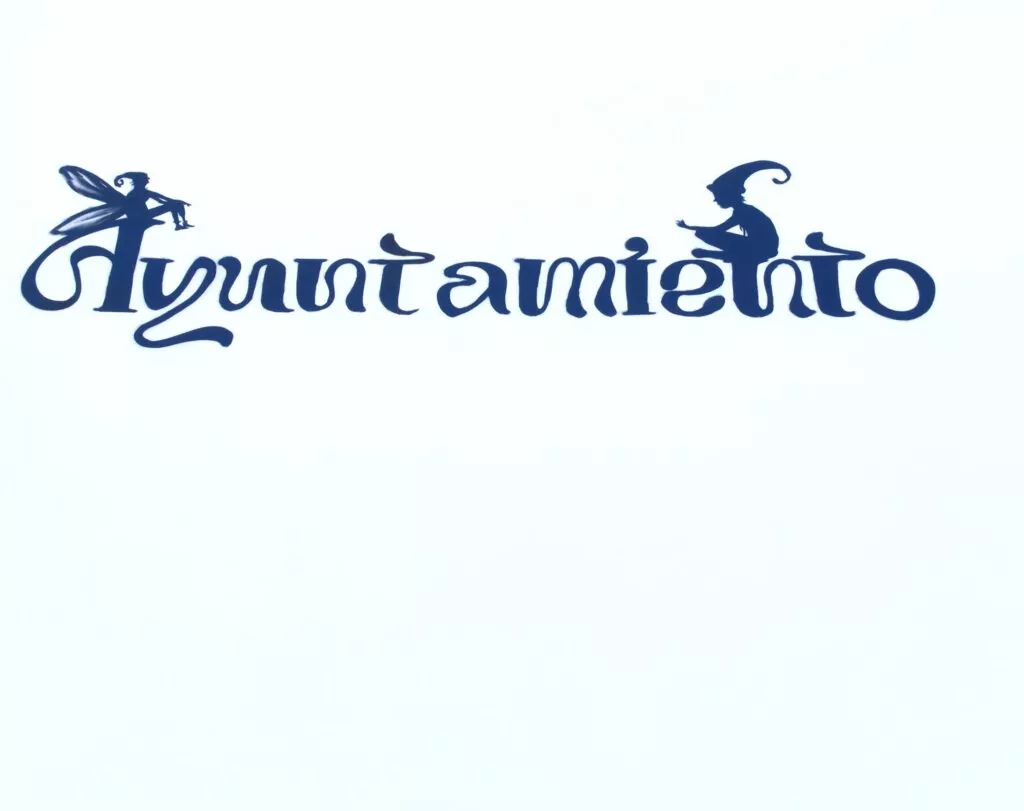
The origin of the name Parauta
According to historians, the village of Parauta comes from its former Arabic name, under Al-Andalus: Hins Autha.
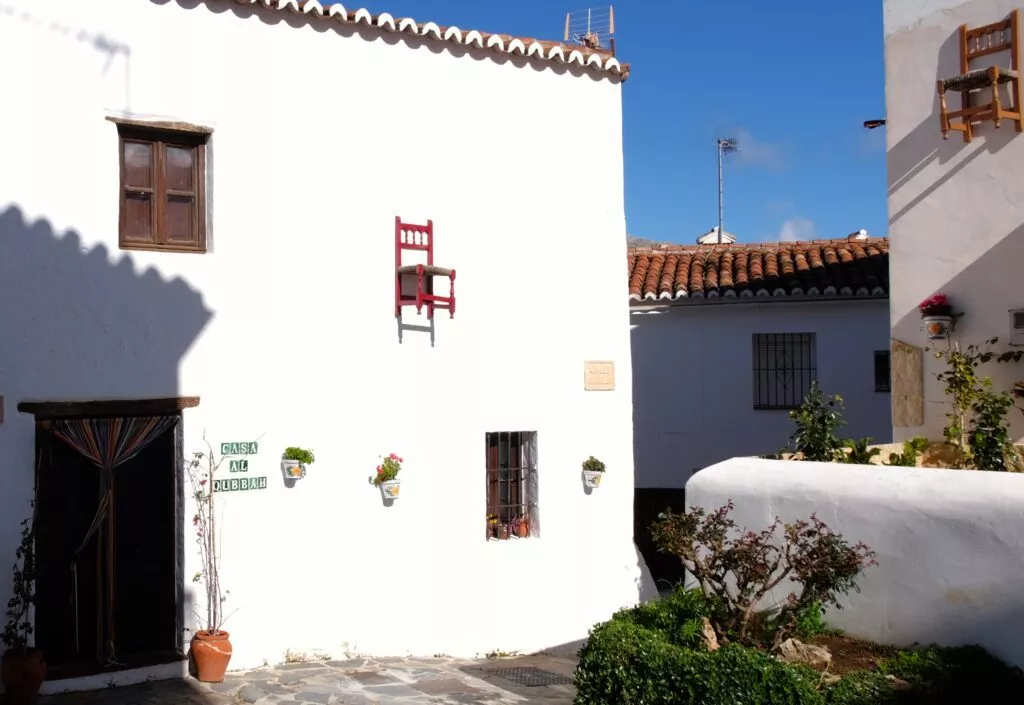
Where is Parauta on the map?
Parauta is a white village inland from Andalucia, set in a unique natural environment.
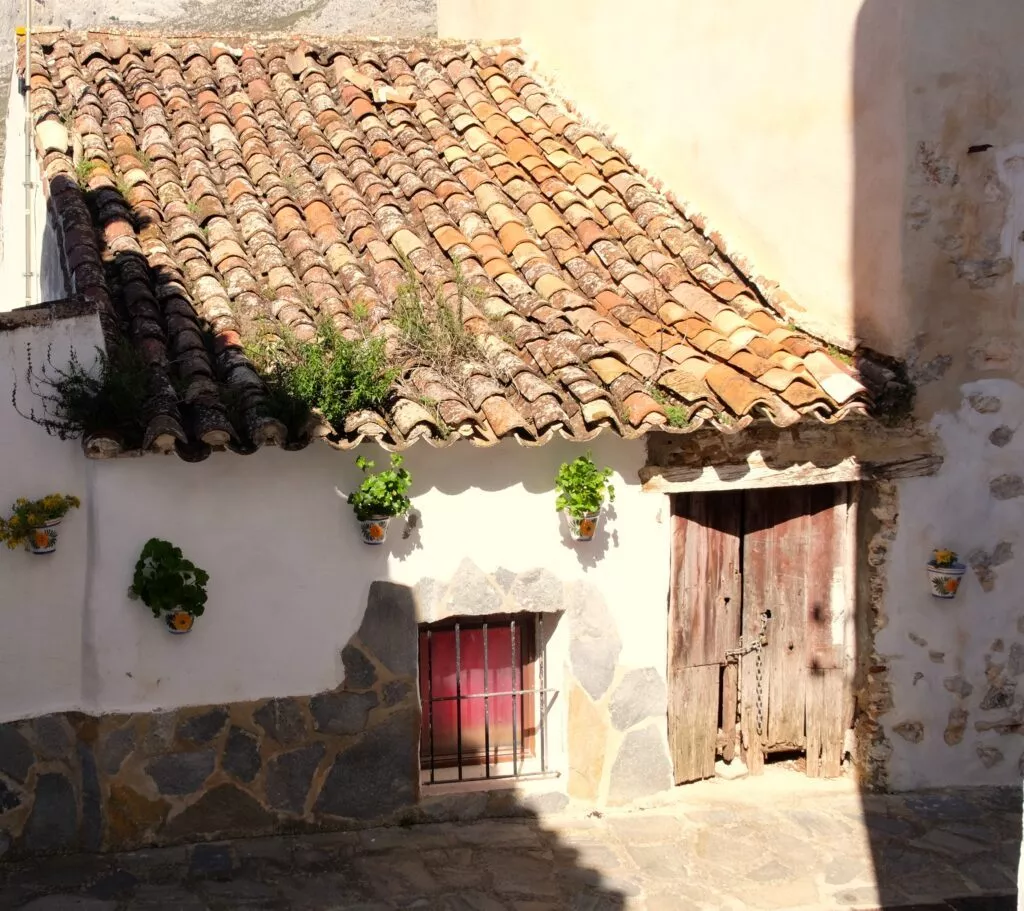
And here’s a map of Parauta so you can visit it:

What to see in Parauta ?
On the outskirts of the village, the contrast between the grey mountains with their sparse vegetation and the hills covered in pine, chestnut, holm oak and olive trees overlooking the Genal valley is striking.
And now let’s see the best of Parauta:

It’s an ideal village for a getaway and to relax, in connection with nature.
- The narrow streets of the village
- Fuente de la Alquería
- The Valdecilla holm oak – Encina de Valdecilla –
- The Rincón del Beso – Besame en Parauta – (Besame in Parauta)
- Statue of Omar Ben Hafsun
- Arch in Calle Altillo
- Ceramic plaques
- Church of the Purísima Concepción
- Pinsapo de la Escalereta
- The enchanted forest of Parauta
- The chestnut forest in autumn – Bosque de Cobre
Typical village streets
Parauta is an authentic white Andalusian village.
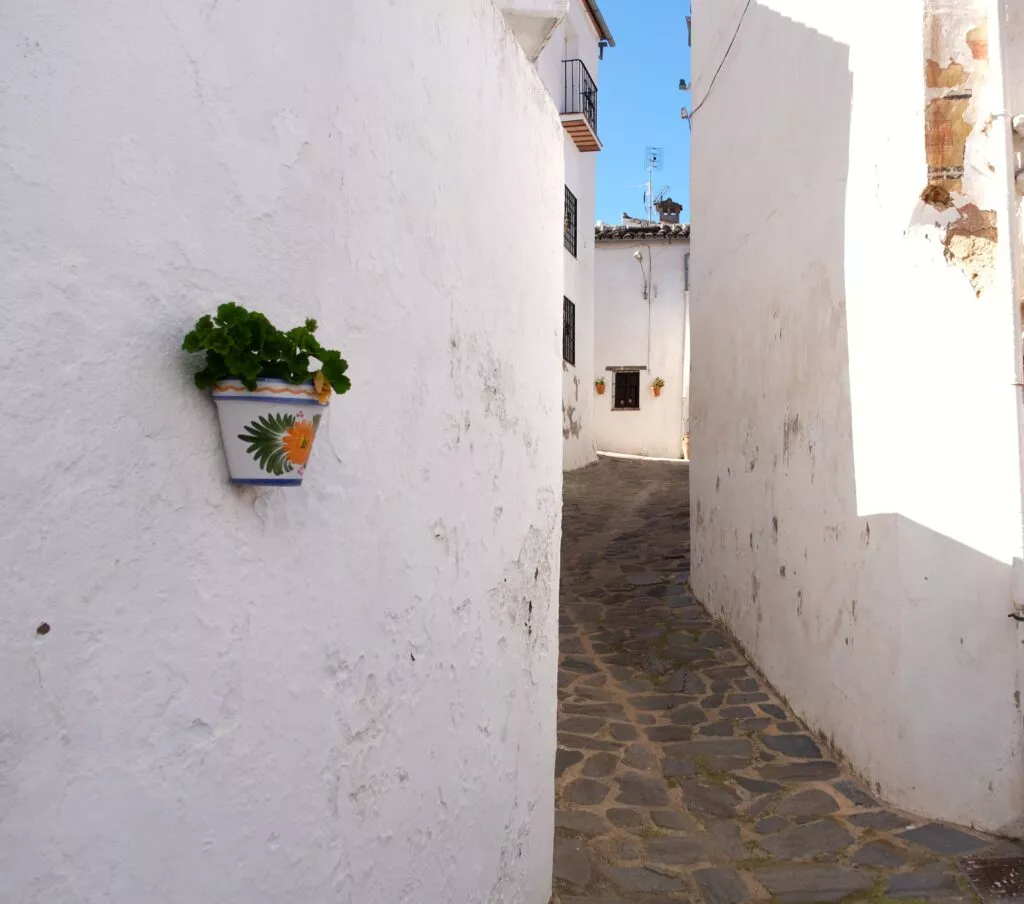
It is an authentic village. Its Al-Andalus past can be seen in many of its features.
The most representative of this period is its urban layout made up of narrow streets.
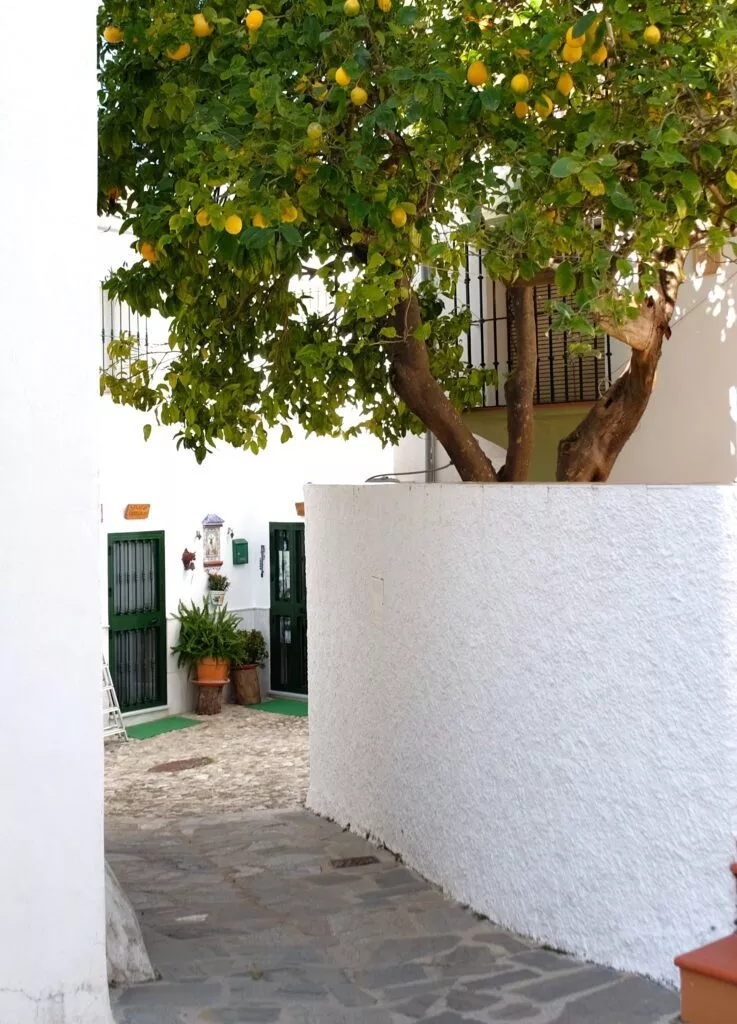
The streets and alleyways of Parauta are a delight to wander through.
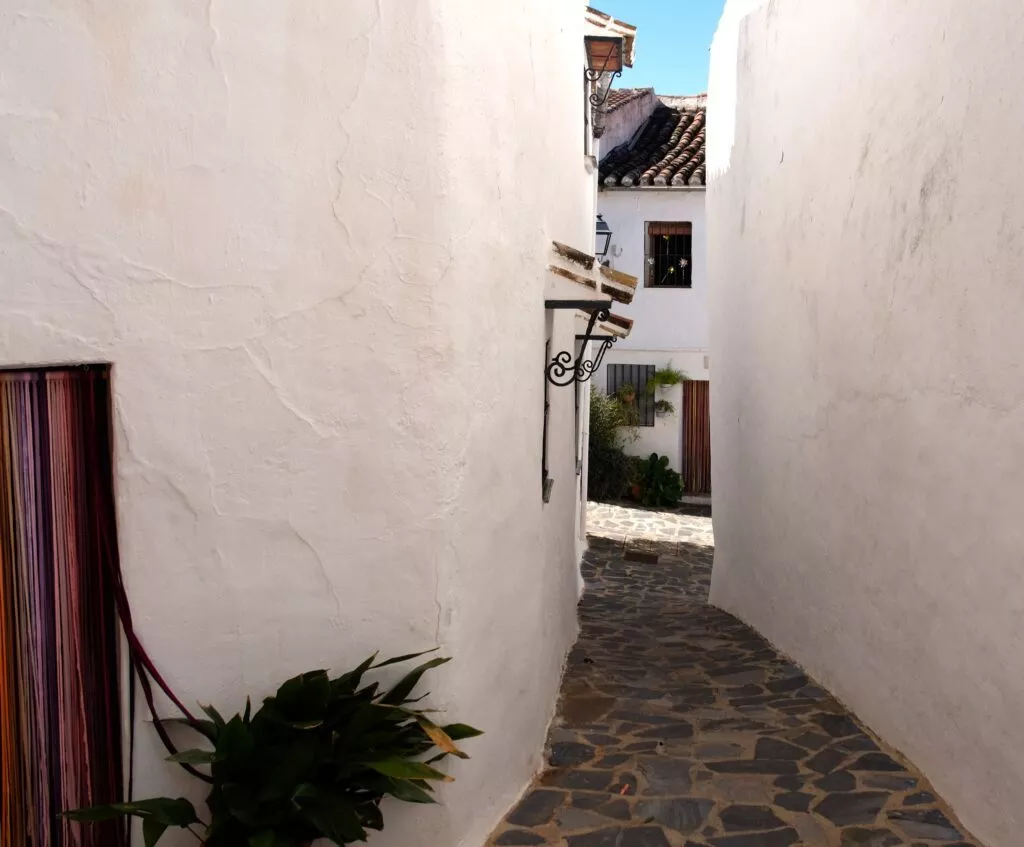
Fuente de la Alquería, the first place to see in Parauta
This fountain, at the entrance to the village, is one of the oldest in the municipality. It is covered by a brick vault.

It is thought that this area was home to a farmhouse – alquería – known as Torrecilla, where the warlord Omar Ben Hafsun was born in the early 850s.
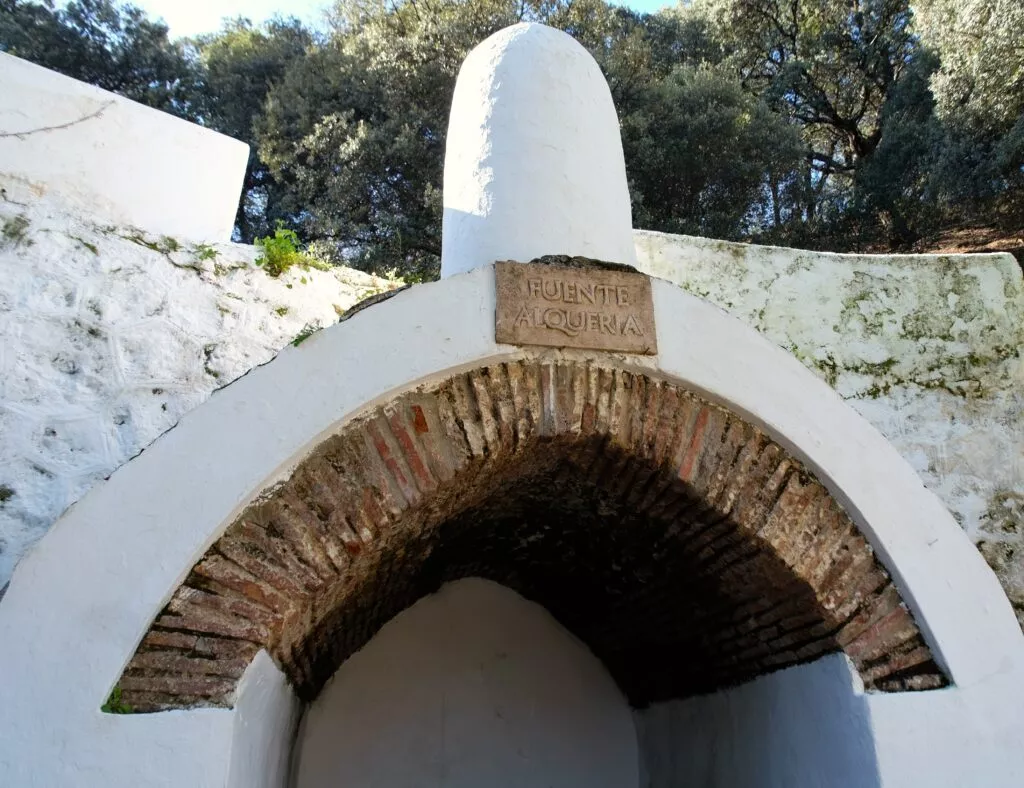
The Valdecilla holm oak – Encina de Valdecilla –
This oak stands just outside the village. It is a local monument. Several hundred years old, it is considered to be one of the oldest oaks in the world, measuring 3 metres in diameter and 20 metres high.
It is also listed in the Junta de Andalucía’s catalogue of singular trees.
The Rincón del Beso – Besame en Parauta – (Kissing Place)
This kissing spot is located in a very pretty little square in the village.
As in other villages, this is the place where visitors and lovers take a photo.

Note: the bench with the inscription Besame en Parauta was made by a local craftsman, Diego Guerrero. The bench is made from chestnut wood, like the twenty or so other benches in the village.

Statue of Omar Ben Hafsun
This statue, carved from a block of stone, is also the work of local artist Diego Guerrero. It represents the portrait of Omar Ben Hafsun. This man, like his children, and above all his daughter, had an extraordinary destiny, which deserves a brief summary of this epic life:
Omar Ben Hafsún (cUmar ibn Ḥafṣūn ibn Ŷacfar ibn Sālim)
…. born in Parauta around 850, and famous muladí chief, who, at the head of a large army, made up of muladis, Berbers and Mozarabs faced the power of the Cordovan emirs for almost 40 years (880-918)!
At the time, the Arab aristocracy of Cordoba considered other peoples, Muslim or not, as second-class citizens. This would be the starting point for this incredible rebellion.
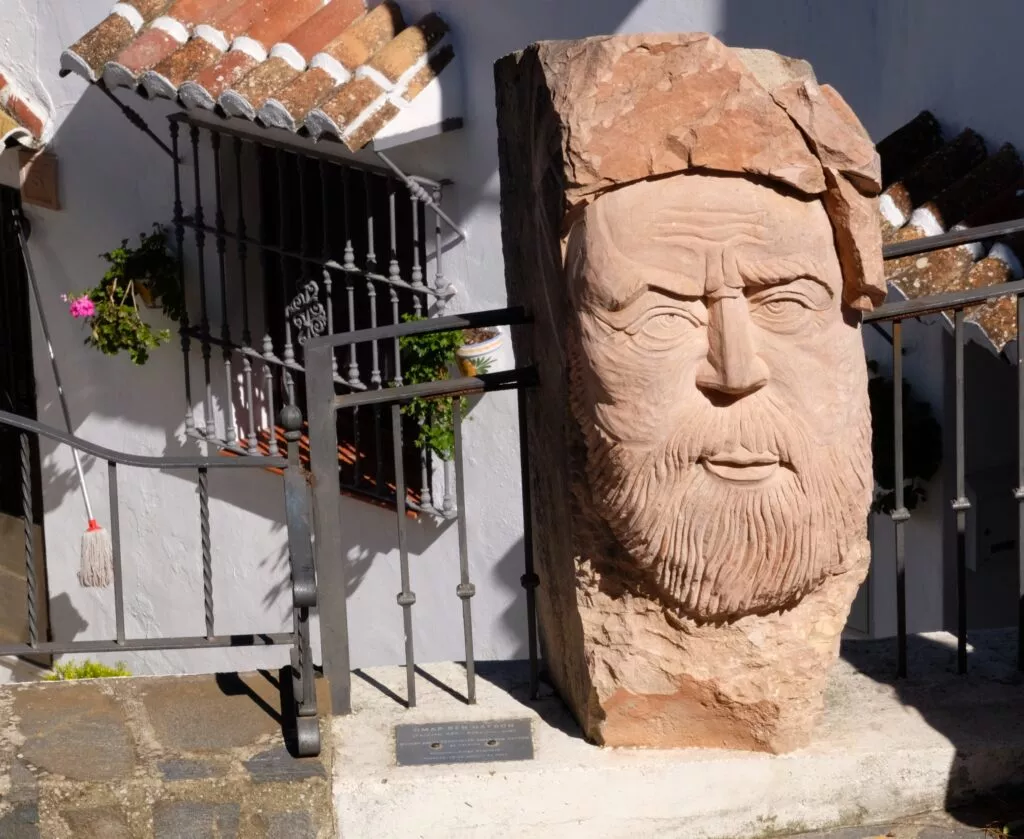
Omar Ben Hafsun established his stronghold at Bobastro (close to the famous Caminito del Rey).
From this stronghold, he came to dominate a large swathe of eastern Andalucia, including towns such as Archidona, Ecija, Baena and Lucena.
To combat the kingdom of Cordoba, Omar Ibn Hafsun formed an alliance with the Fatimids of Ifriqya – who wanted to be able to fight the Umayyads – and the Christians of the north of the Peninsula.
At his peak, Omar Ben Hafsun dominated the provinces of Malaga and Granada, as well as parts of Seville and Jaen.
He converted to Christianity in 899 (at the age of 50) and took the name Samuel. After his conversion, he lost the support of the Fatimids, who had assured him the protection of the coast. He died in 918.

His sons took over and continued the fight for another 10 years. The eldest son Yafar took over (918-920), but was killed by his own army when he tried to make a pact with Abderraman III.
Sulaiman the second then inherited power and fought for 7 years (920-927) against the Emirate of Cordoba until he was killed in an ambush.
The last son, Hafs, ruled for a few months (from 927 to 10 January 928) before handing over the keys of Bobastro to Emir Abderramán III.
A final word on this incredible family: the sister of these three brothers, and therefore the daughter of Omar Ben Hafsun, was a fervent Christian believer from an early age.
When her father died, she hid in a monastery, then was taken prisoner and suffered martyrdom until her death in 931, learning of her brothers’ deaths as she went along.
Another historical curiosity is that this daughter of Omar Ben Hafsun was beatified very soon after her death, just a few years later. So she became a Catholic saint, under the name of Santa Argentea.
Today, this saint is the patron saint of the town of Ardales.
The arch of Calle Altillo, one of the most beautiful places to see in Parauta
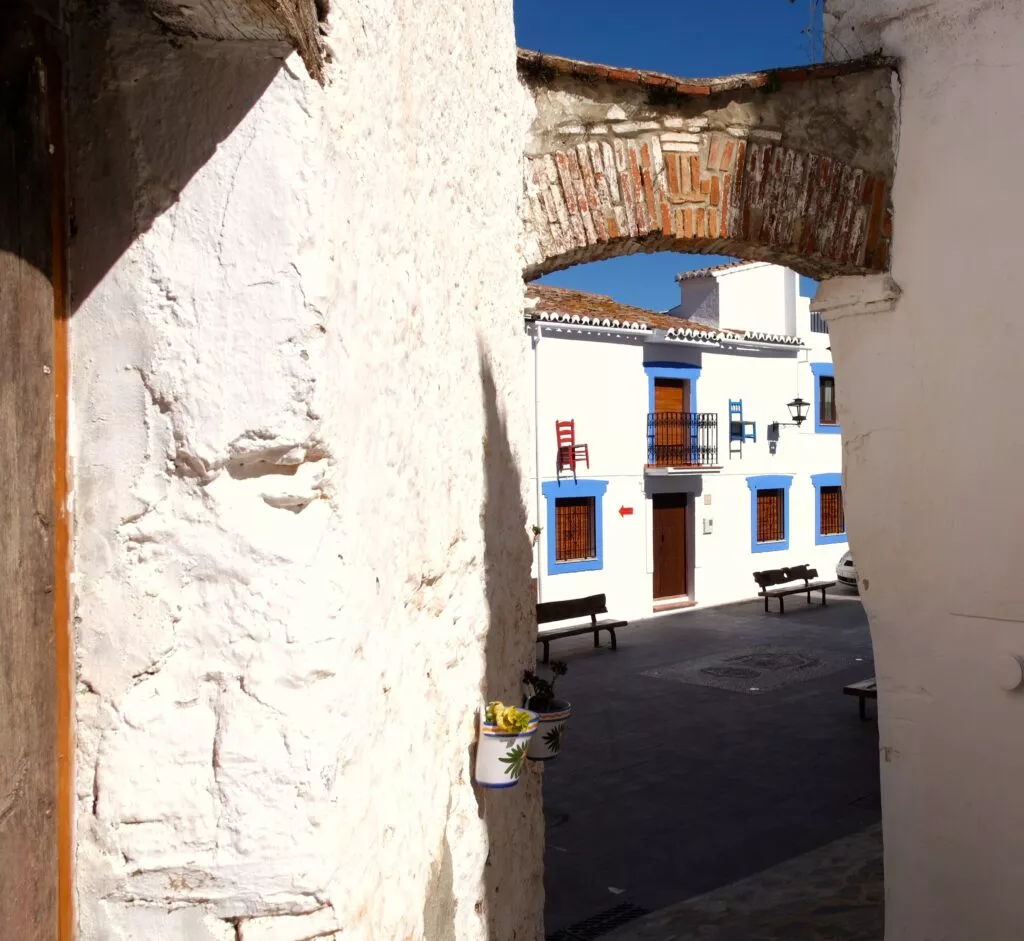
In the centre of the village of Parauta is the Calle Altillo arch.
It dates back to the 16th century. It was built using bricks and lime and sand mortar. This technique is typical of the Al-Andalus period. Given the period, it was built after the Christian conquest.
It was built by Mudejars (Muslims who pledged their allegiance to the ruling power) or Moriscos (Muslims who became Catholics by choice or by force).
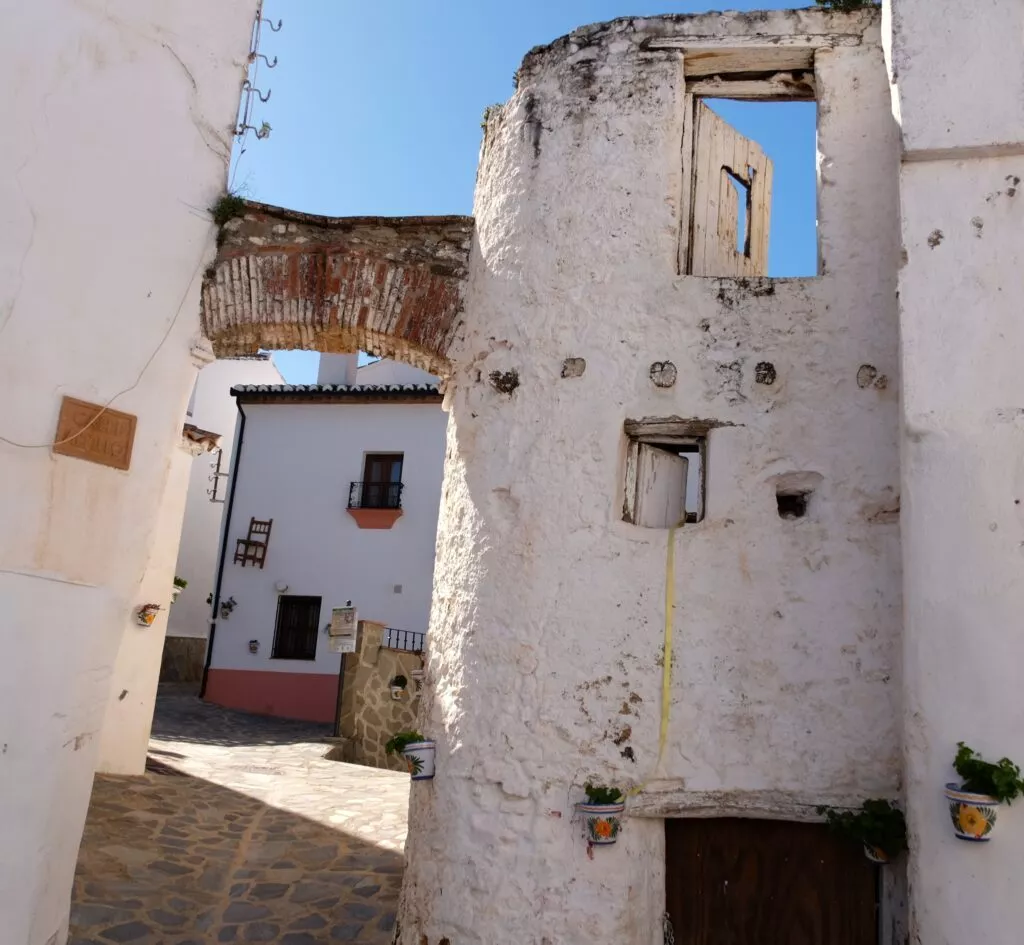
NB: it was built before 1570, because following the Morisco rebellion in the Alpujarra, the decision was taken to expel them to North Africa.
The ceramic plaques
As you walk through the village, you’ll come across a number of very interesting hand-crafted ceramic plaques:

They contain information about the village’s history, traditions and crafts.
Church of the Purísima Concepción
This church of the Purísima Concepción was built in the 16th century.
It is unusual in that its name is different from that of the Virgin it houses, the Virgen del Rosario. It is the story of a legend that gave the church this particularity.
This Virgen del Rosario is the patron saint of the village.
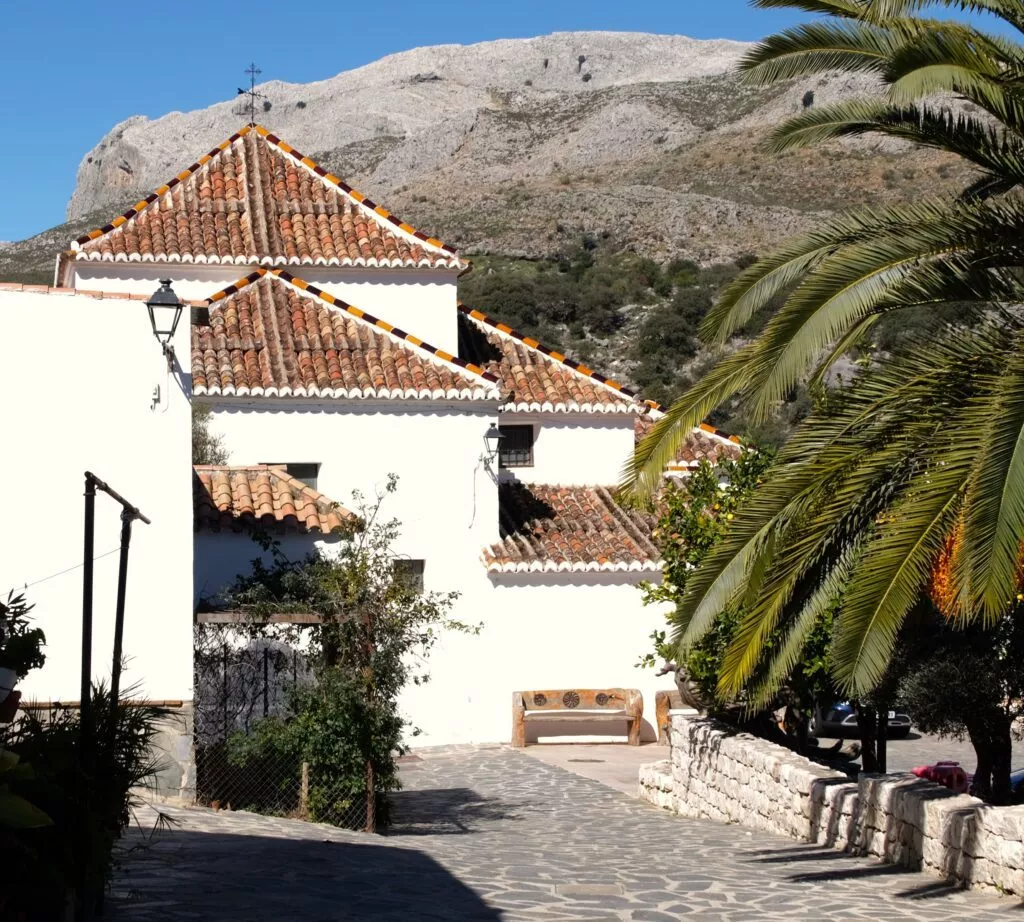
The tower is a perfect example of the Mudéjar style.

The base of the church is unusual in that it is in the shape of a Latin cross. However, as it was often built by Arabs or Berbers after the conquest, it is Mudéjar in style.
The Mudéjar style can also be seen in the windows, which are small and few in number. Finally, as in mosques, the entrance to the church is on the side rather than at the foot of the cross.

The Pinsapo de la Escalereta
This tree, the Pinsapo de la Escalereta, is enormous. It is estimated to be 550 years old.
Its dimensions are incredible: 26 metres high, a trunk 5 metres in diameter and a crown measuring 200 square metres.
This tree was declared a natural monument in Andalucia in 2001 by the Junta de Andalucia.
This tree is also the origin of a belief: a woman of great kindness was buried at the foot of this tree. Since then, it has been said that this woman, this fairy, called Escaletera, is the guardian of a magical portal.
On certain days and nights, as you pass through this portal, you can meet goblins, sorcerers and fairies. The latter are the guardians of the four elements – earth, air, fire and water – of this marvellous enchanted forest on the outskirts of the village.
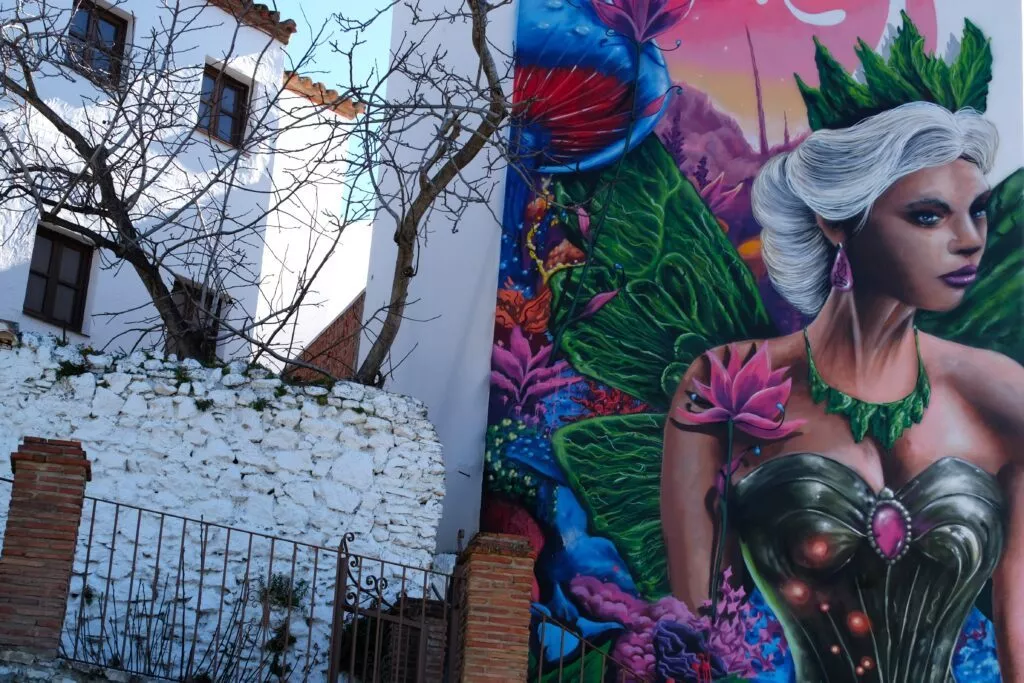
Botanical note: the Pinsapo (a variety of fir tree) is a botanical and historical gem. This tree is protected wherever it is found in Andalucia. In fact, it comes directly from prehistoric times, and this variety, which is rare today, was already present …. 25 million years ago.
Here’s the exact location to see the Pinsapo de la Escaletera: here
See the enchanted forest of Parauta
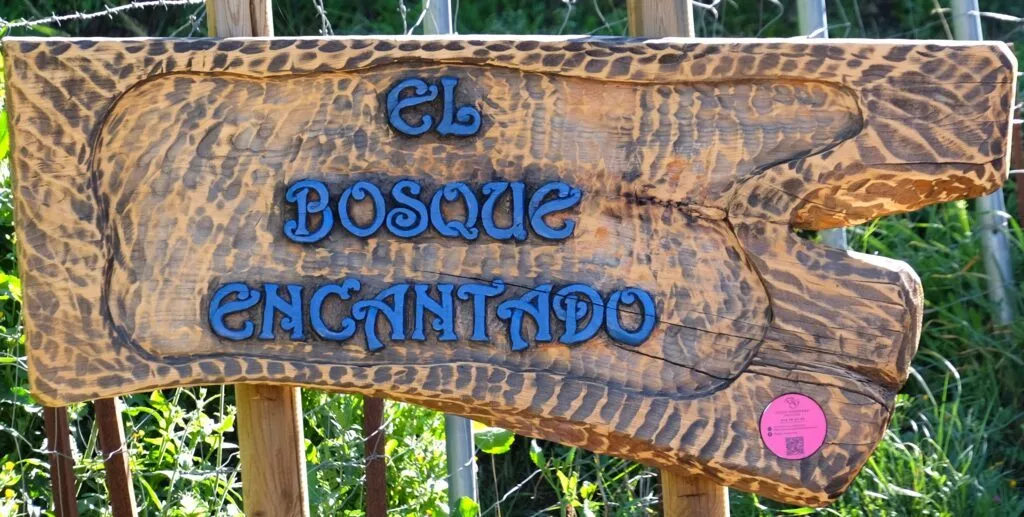
This curious and unique forest was recently opened to the public in 2022.

It’s a forest where you can meet owls and frogs, but also – and this is much rarer – wizards, fairies, elves and gnomes.
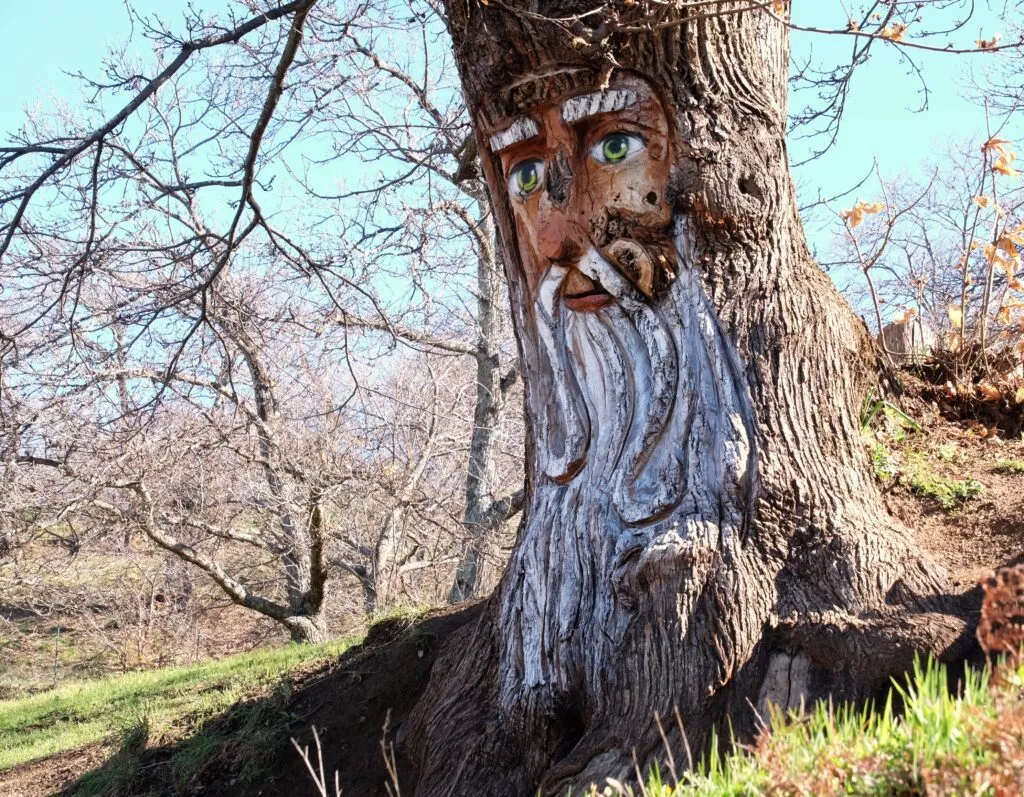
Along the way, we pass a fountain, the Fuente de los deseos. A small frog watches over the place.

The route, which starts in the village of Parauta, is around 1 km long, but you can also follow a path to the village of Cartajima.

The trail passes through a chestnut grove. Autumn is therefore the best time to walk it, as we’ll see just a little later in the article.
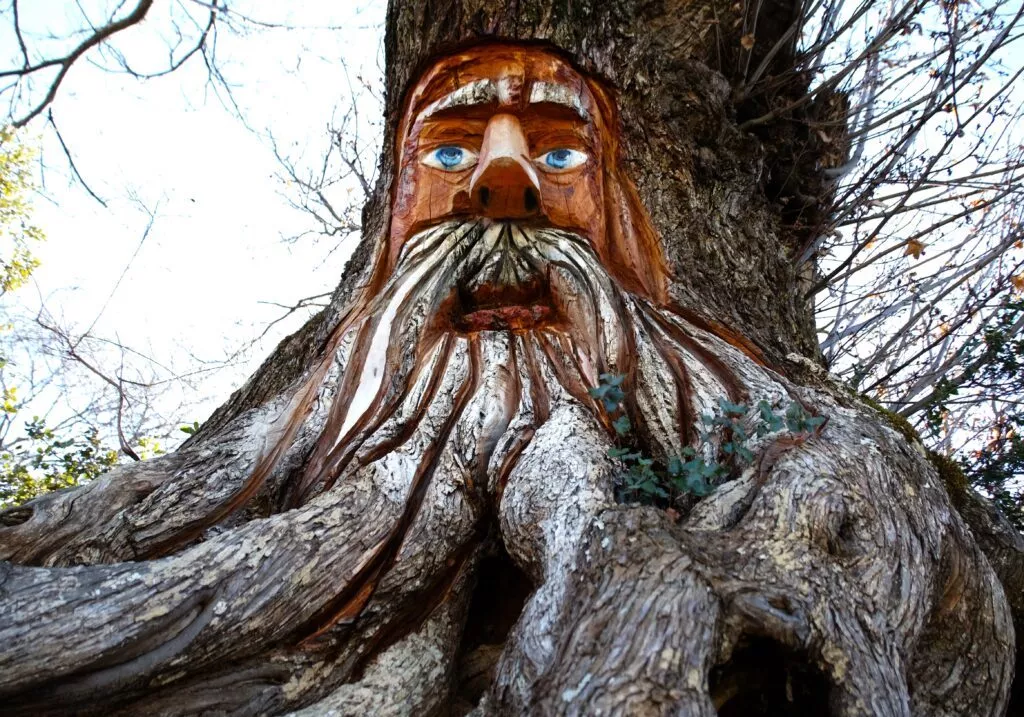
On the trail we also come across several inhabitants of this enchanted forest: sorcerers…
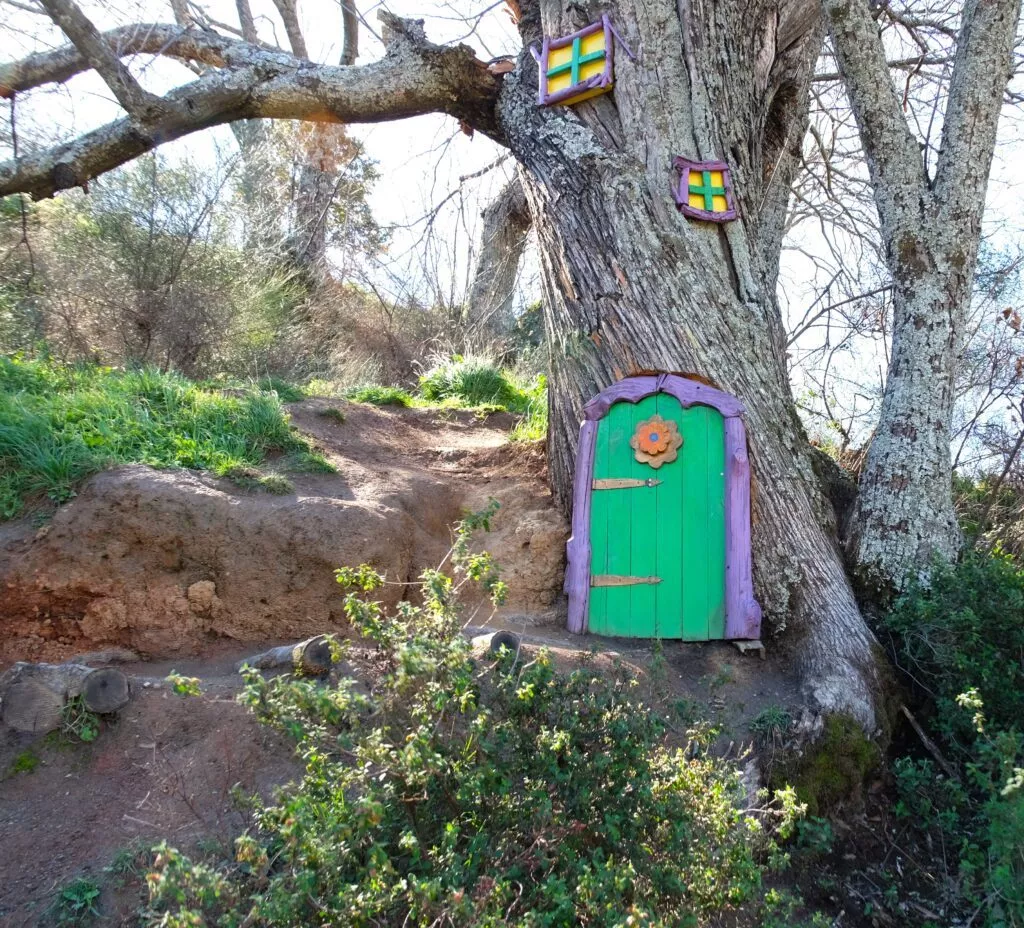
… elves and fairies.
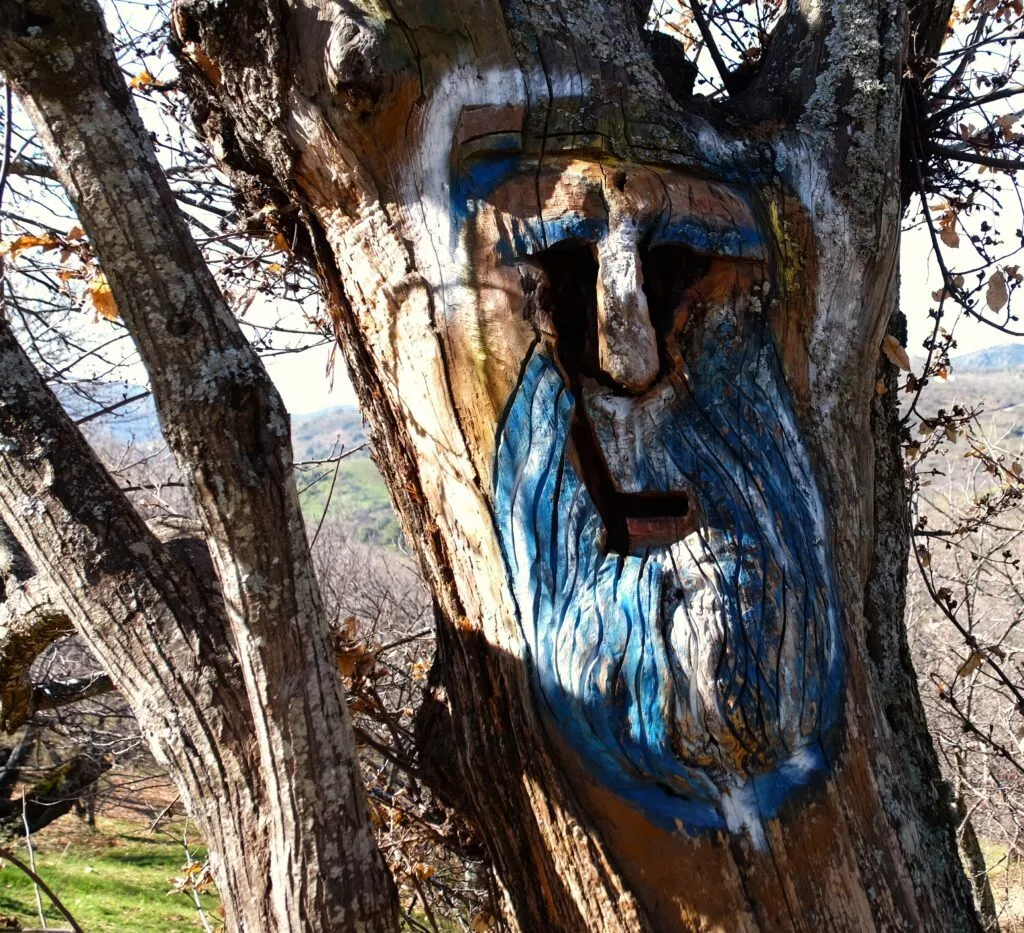
This short hike is very easy to do with children.
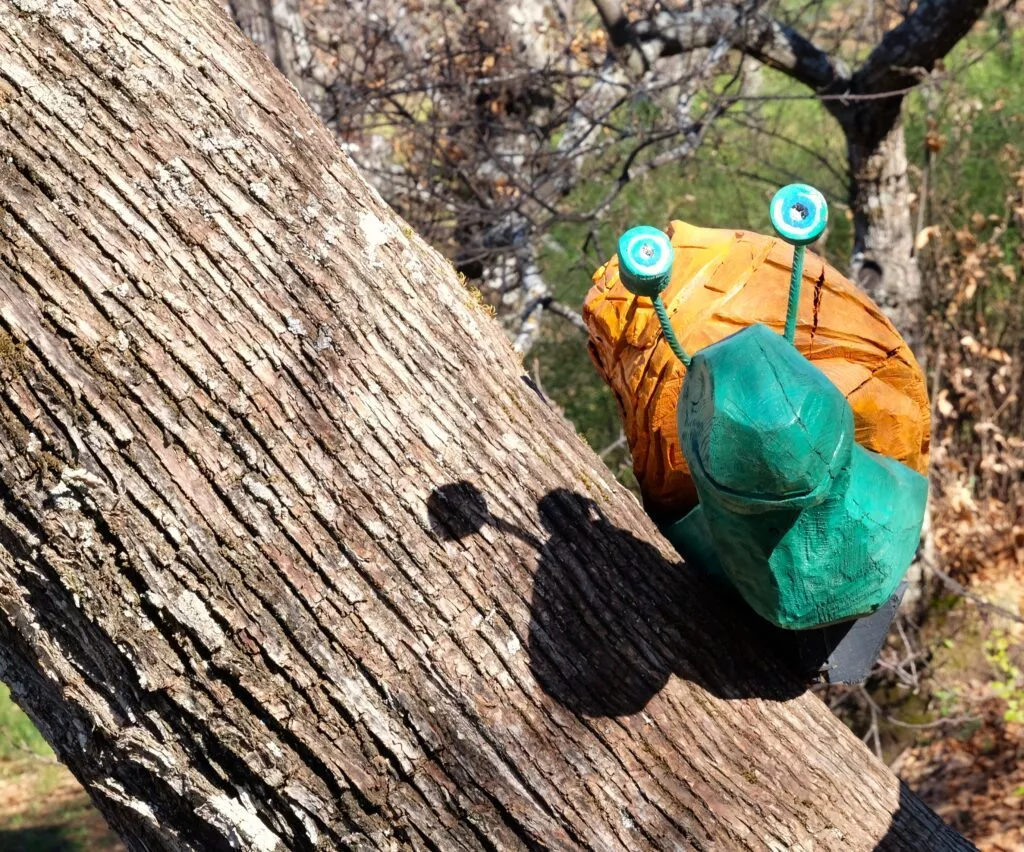
There are also beautiful panoramic views over the villages of Cartajima and Pujerra.

In short, it’s a great walk that will appeal to children aged 3 to 85.
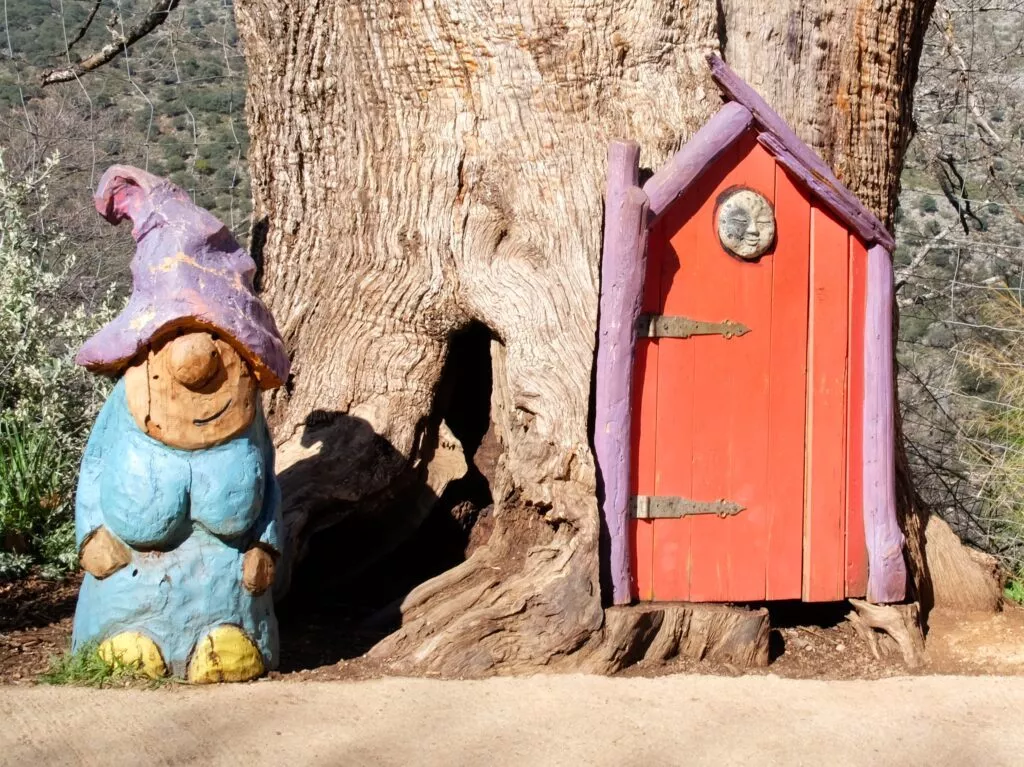
The chestnut forest in autumn – Bosque de Cobre –
This large chestnut forest (with pine and oak trees too) is one of the most famous places for nature lovers in the province of Málaga.
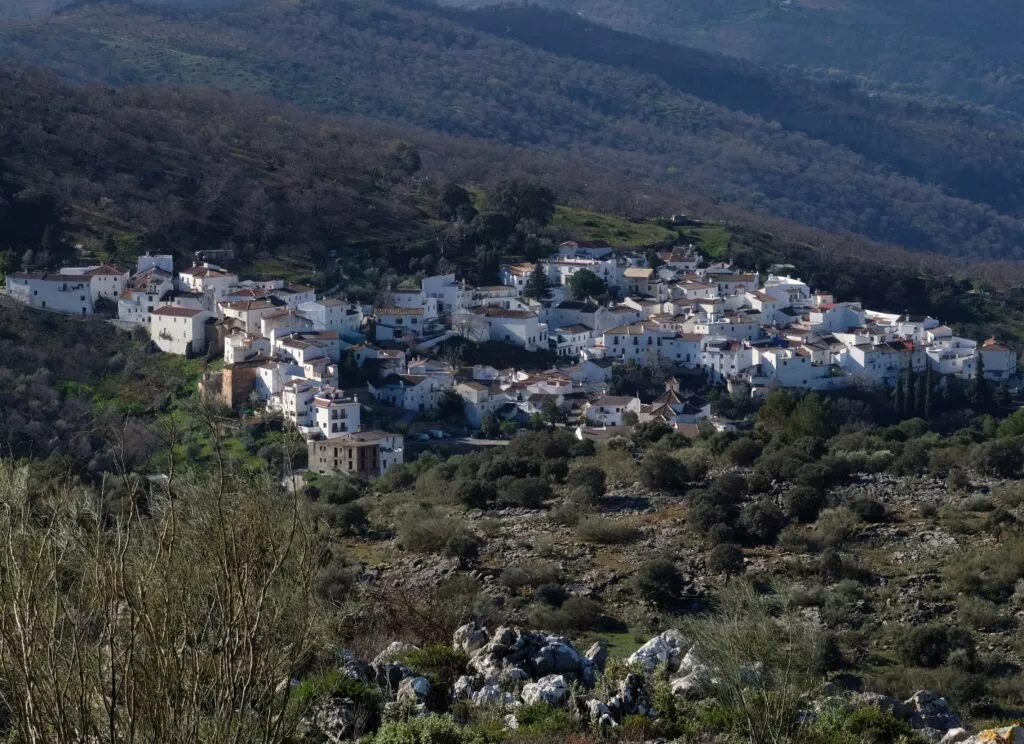
This forest is divided between 12 municipalities: Alpandeire, Benadalid, Benalauría, Cartajima, Faraján, Genalguacil, Igualeja, Jubrique, Júzcar, Parauta, Pujerra and Yunquera. There are also a number of hiking trails through the forest linking the villages!
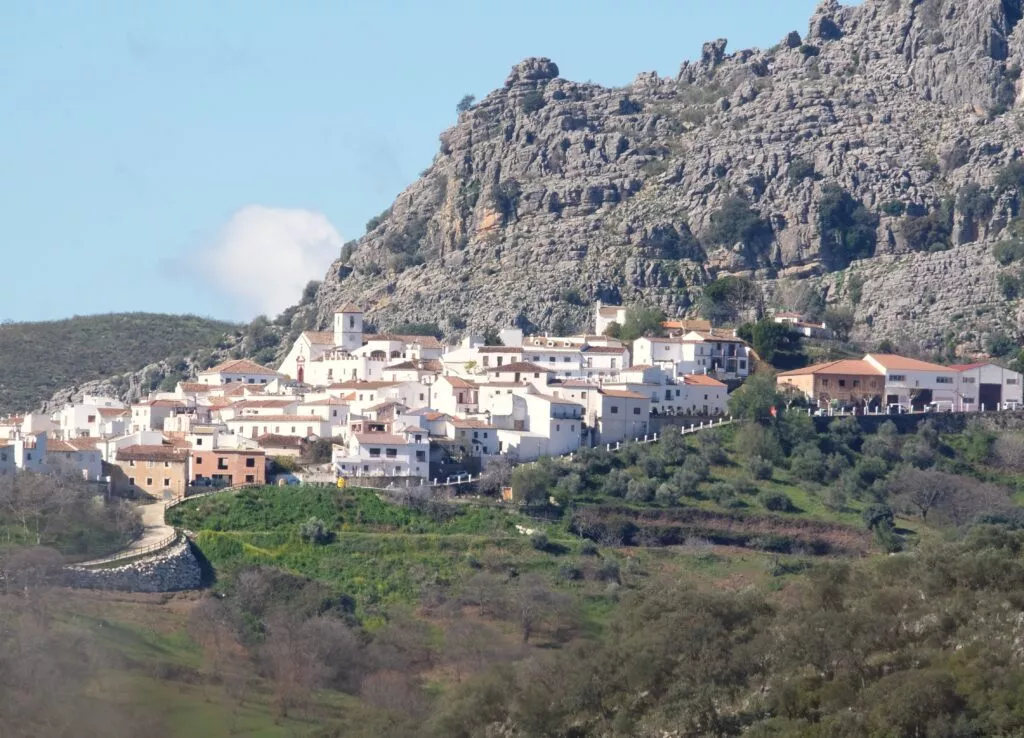
The most popular time to go for a walk is autumn. It is then known as the Bosque de cobre, the copper forest. It has to be said that during this period the forest becomes a real sight for sore eyes with its palette of colours: red, brown, orange and yellow.
Note: for all these villages, the chestnut is a precious commodity in more ways than one. It is an element of great ecological, cultural, economic, gastronomic and traditional importance in the region.
Why are there chairs hanging high up in Parauta?
The chairs hanging from the fronts of the houses were installed in this way so that the elves and fairies who pass through the village can also rest and sit down.
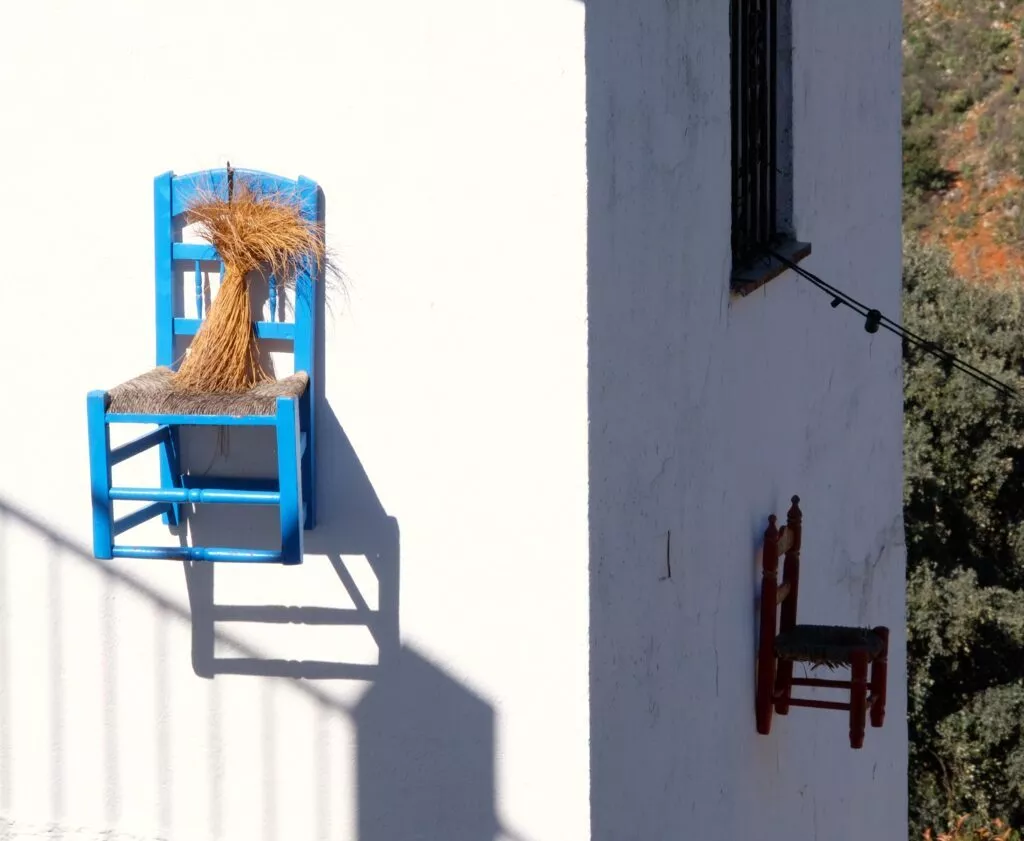
At the end of the tour, I bumped into a village elder and told him how enchanted I was by his village. I also told him how disappointed I was that I hadn’t been able to take a photo of a fairy or elf on one of the chairs.
He then taught me an important fact, and I understood why I hadn’t seen any during my visit: fairies and elves only leave the forest to come into the village at nightfall.
Anyway, I promised myself that I’d come back to the village and spend the night there, and of course I’ll do my utmost to ensure that my camera flash disturbs these delightful little creatures as little as possible.
And I’ll be taking advantage of these few days to accept the village’s invitation. It’s an invitation that, for at least a few days, allows you to stop time and reconnect with nature.
The 3 main fairs in the village of Parauta
Here are the three main fiestas in the village:
1 – The Parauta Fair, held on the 1st weekend in August.

2 – The Fiesta del Conejo – Rabbit Fair – :

This gastronomic festival is recognised as a provincial festival of tourist singularity. It takes place every year in November, with tastings of rice rabbit and a range of other local products.
3 – The Enchanted Forest Festival
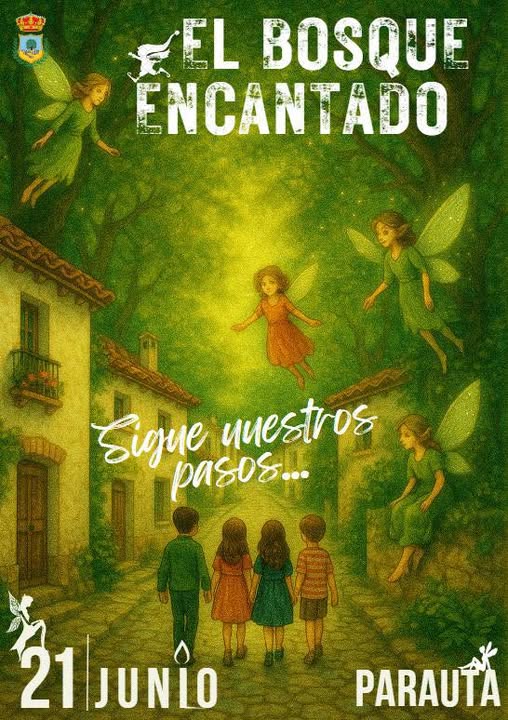
This festival takes place on 22 June and offers a wonderful atmosphere. When night falls, all the village lights go out. The village is lit up by 3,000 candles.
Luckily, during this evening, you can always meet the inhabitants of the enchanted forest in the village streets…
Where to eat in Parauta?
A word about the typical dishes of the village and the Sierra de las Nieves.
In spring, many dishes feature plants picked in the surrounding area, such as fennel or wild asparagus. In autumn, there are also mushrooms picked in the surrounding forests.
Typical dishes :
- wild boar with chestnut sauce
- rice with rabbit
- chestnut cake
- Olla: a stew-like soup made with chickpeas, vegetables, black pudding, chorizo and pieces of pork loin.
- boiled soup: a soup made with garlic, asparagus and bread.
- hot tomato soup: a soup made with tomatoes, onion and garlic.
Mesón Anafe restaurant
Here’s a restaurant for a typical, local lunch.
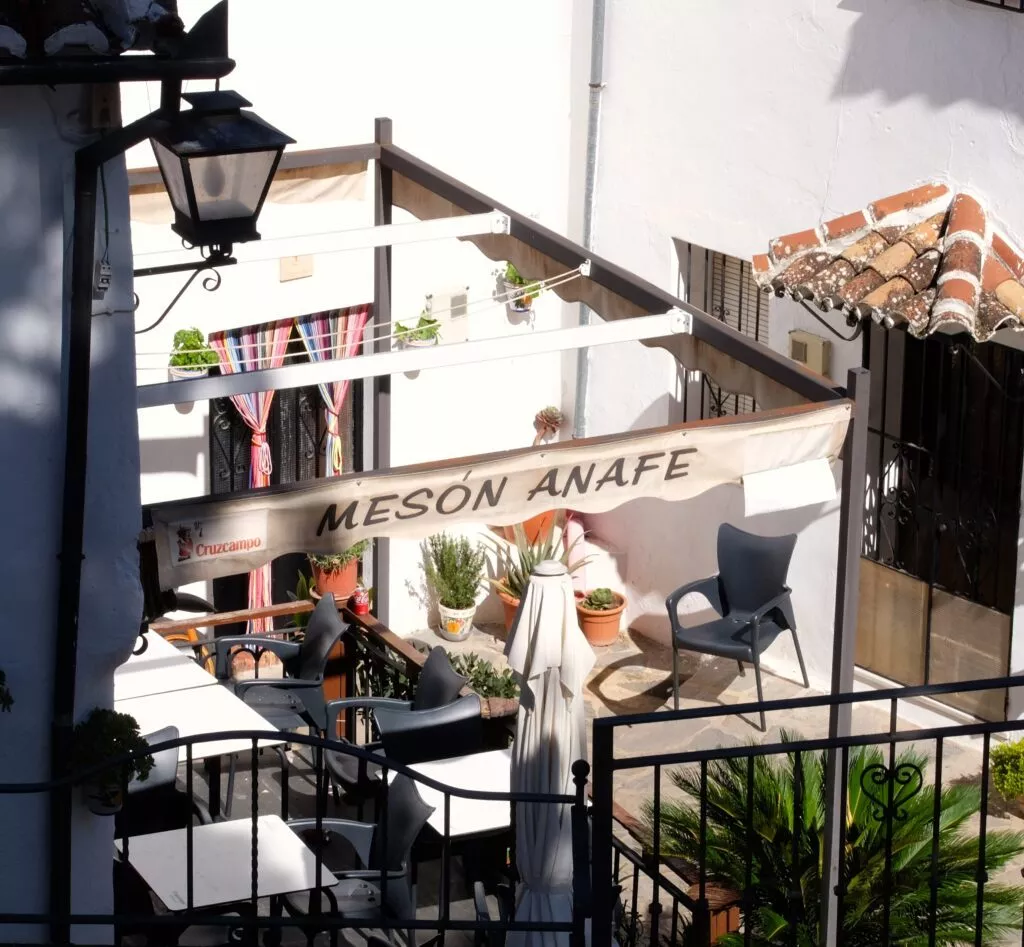
Specialities include :
- la sopa de picadillo,
- la porra con piñones,
- chicken with garlic
- wild boar in chestnut sauce
- the flamenquín
The restaurant is small, so it’s best to phone to book a table.
Here is the telephone number for Mesón Anafe: +34 952 18 10 35
Where can I park in Parauta?
Parking in Parauta is often an impossible task. Access by car is often closed to non-residents of the village. The best place to park is directly at the entrance to the village.
On days when access is open, there are parking spaces next to the swimming pool and sports ground.
As the village streets are fairly flat, it’s a real pleasure to be a pedestrian in this village and not have the noise of cars. The village is quite small and can be visited entirely and easily on foot.
What to see and do in the Parauta area
Note: for those who are interested – and curious – here’s a page with 10 great leisure activities to do in Ronda and the surrounding area.
Parauta is one of the magnificent villages in the provinces of Cadiz and Málaga that surround Ronda. Here are three of them, all listed among the most beautiful in Spain.
Setenil de las Bodegas
Setenil de las Bodegas is a must-see if you want to discover its distinctive architecture, with its troglodyte houses.
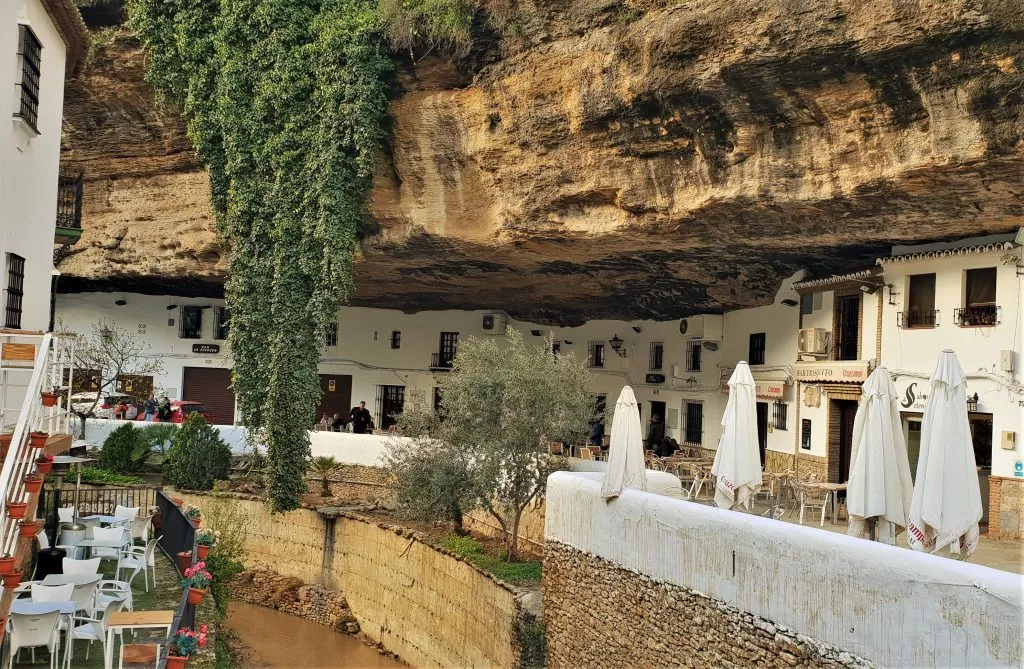
There’s plenty to see in Setenil de las Bodegas. Plan to spend a few hours in this village, including a lunch break in a cave.
Grazalema
Grazalema is a delightful white village that’s a must-see for its history, wool crafts and traditions.
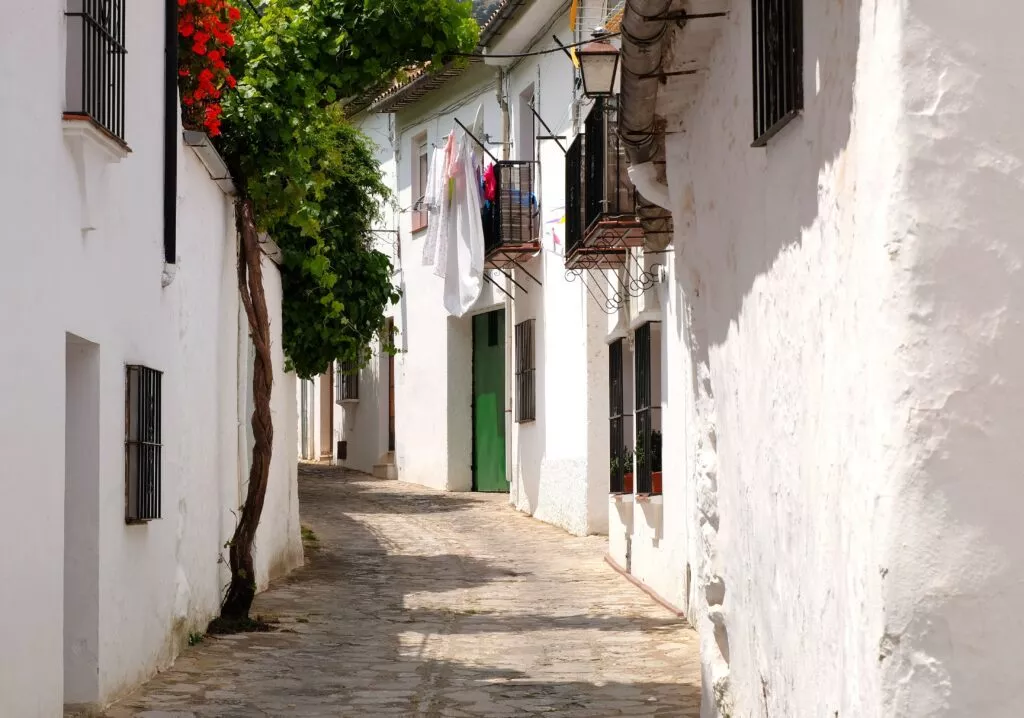
You’ll find plenty of beautiful things to see in Grazalema, and wandering through its narrow streets is a pure delight for lovers of white villages.
Zahara de la Sierra
Zahara de la Sierra is a magnificent white village perched on a rocky promontory. It is close to Olvera.
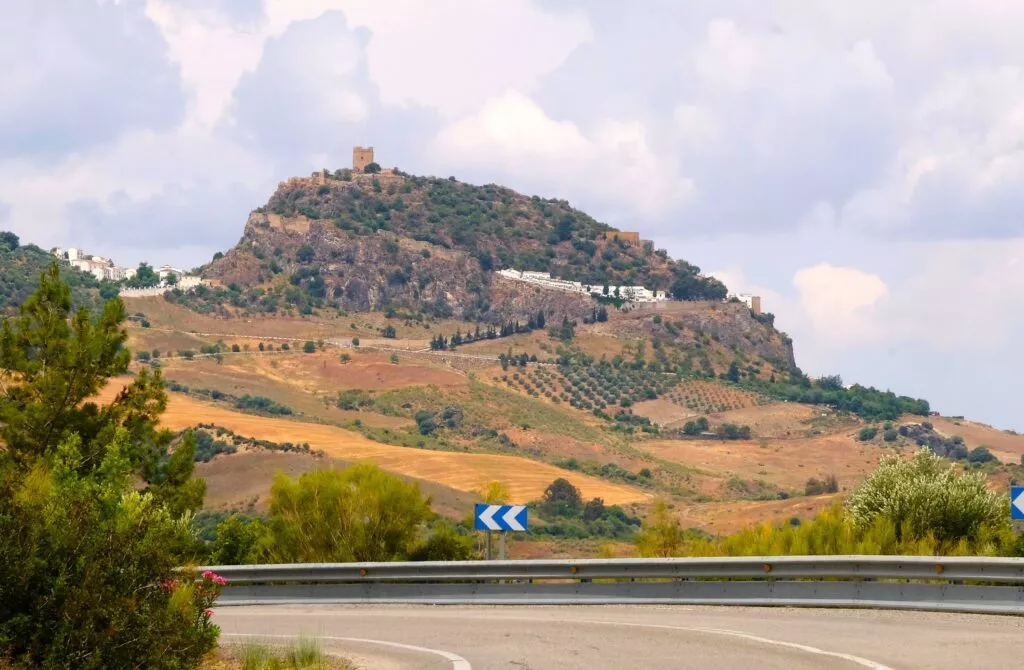
A visit to Zahara de la Sierra will also leave you with wonderful memories.
Book an excursion or activity in the province of Málaga
Below you’ll find the excursions and activities on offer from Málaga.
You can also book them online today (with free cancellation):
Book accommodation in Parauta
Below you will find all the hotels and accommodation available in Olvera, once you have selected your dates:
Some useful links
For those staying on the Costa del Sol and wishing to visit Andalusia, here are 8 magnificent tours from Malaga, Torremolinos, Estepona or Benalmadena.
Easy and economical bookings
Continue your trip to Andalucia
Seville
Seville, the capital of Andalucia, is a city full of treasures to discover and monuments to visit.
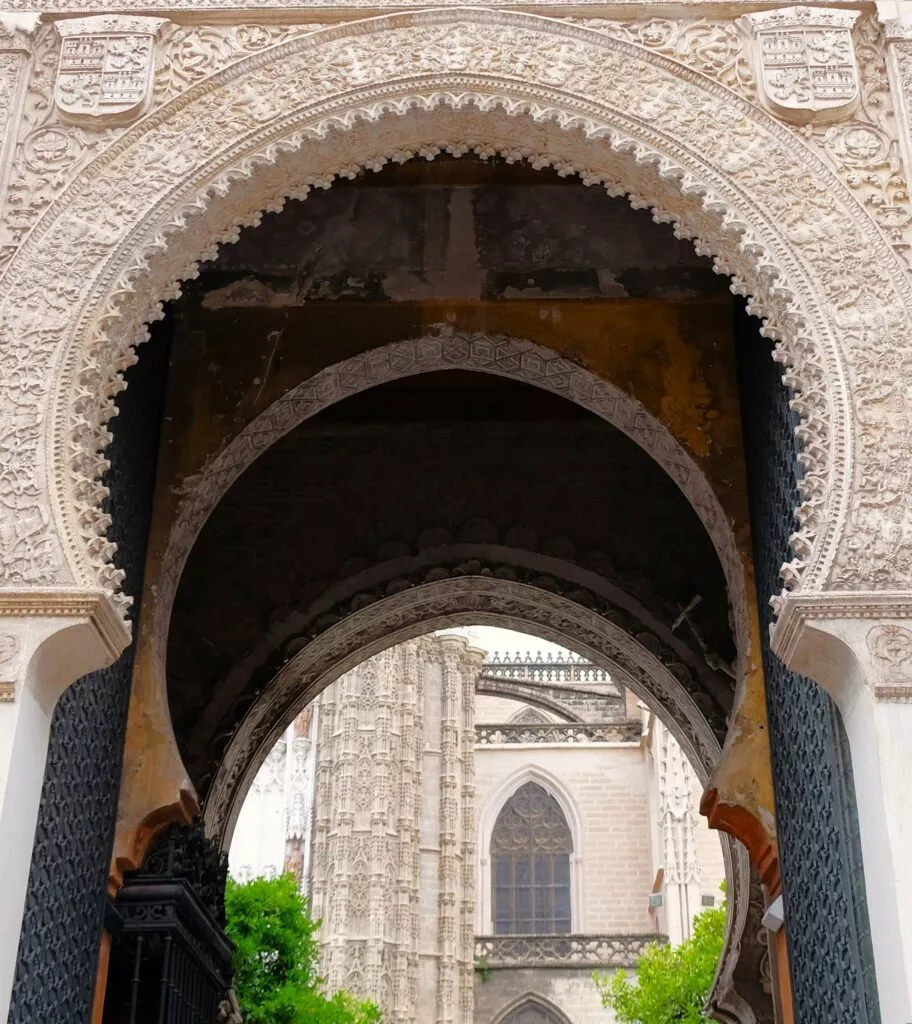
Here you will find everything you can see in Seville in 3 days. And for those who will stay longer you will also find information on secret Seville and the Santa Cruz and Triana districts.
Cadiz
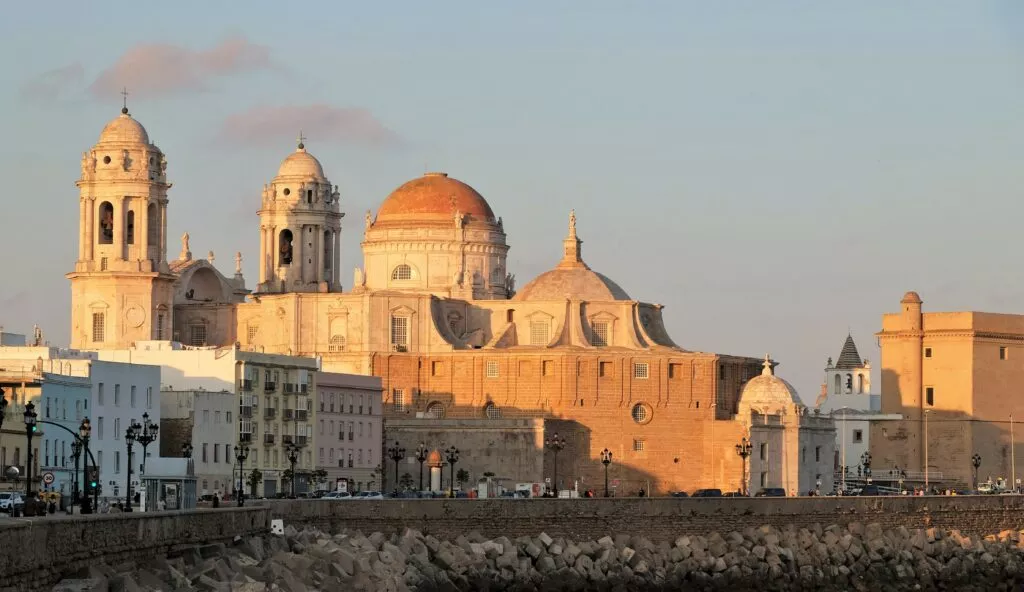
Visit Cadiz, a city with an incredible past and great beauty, on the Costa del la Luz.
Malaga
When you reach the Costa del Sol you will find in this link what to see in Malaga :
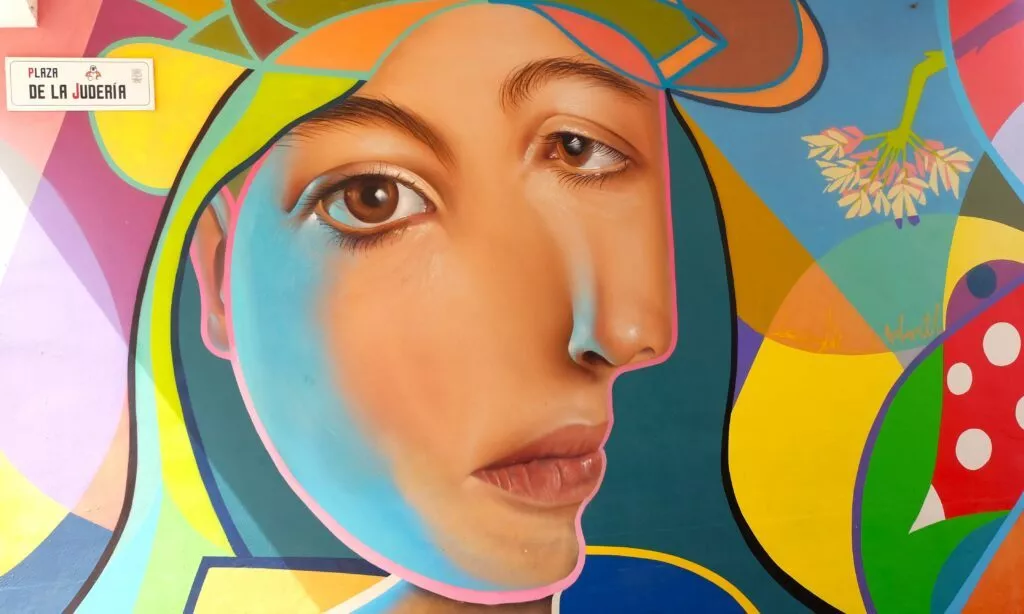
Granada
Visit Granada, discover the Albaicin and Sacromonte districts:
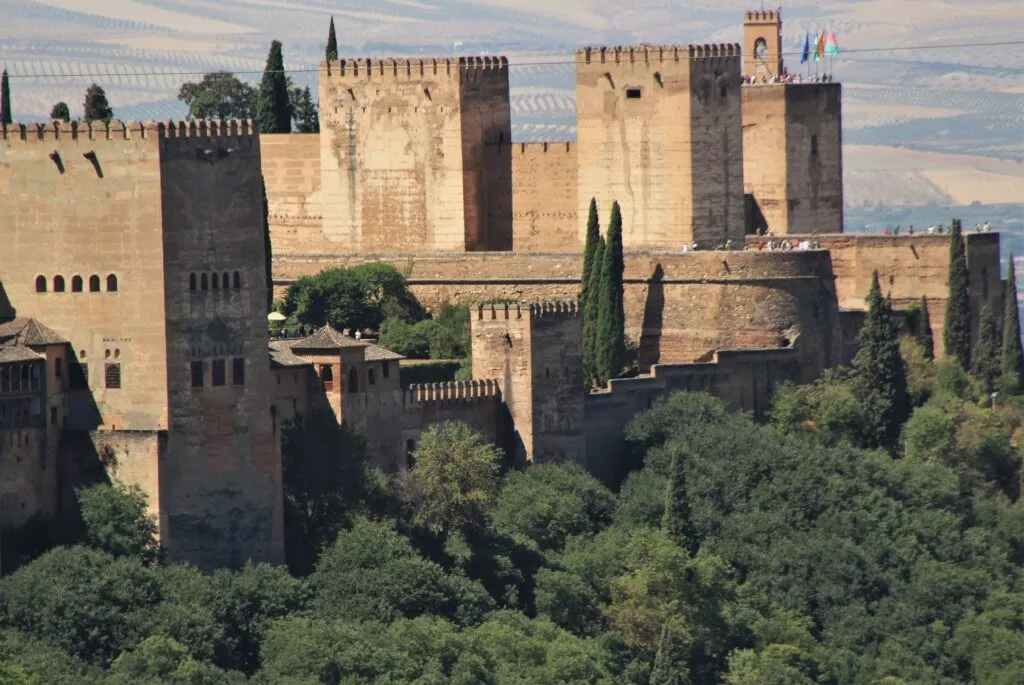
Cordoba
And of course, visit Cordoba, the caliphate city, and the Juderia district
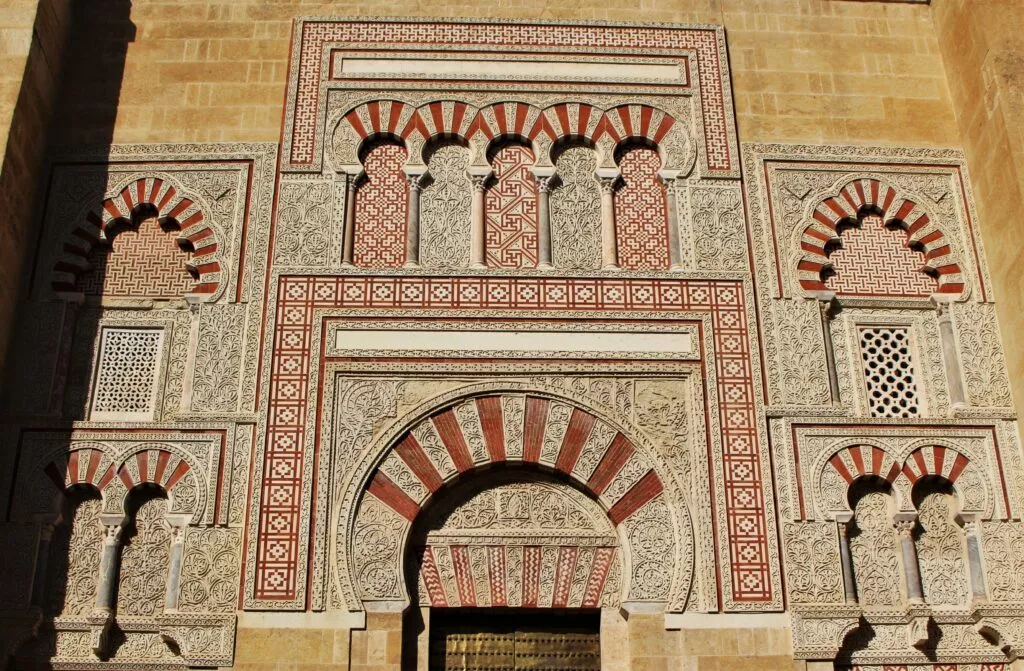
Discover more of Andalusia’s beautiful sites in the Andalusia blog pages.
Here is the link to receive our blog newsletter.
Here are the latest articles on Andalusia
-
Interactive map of Andalucia with best places to see
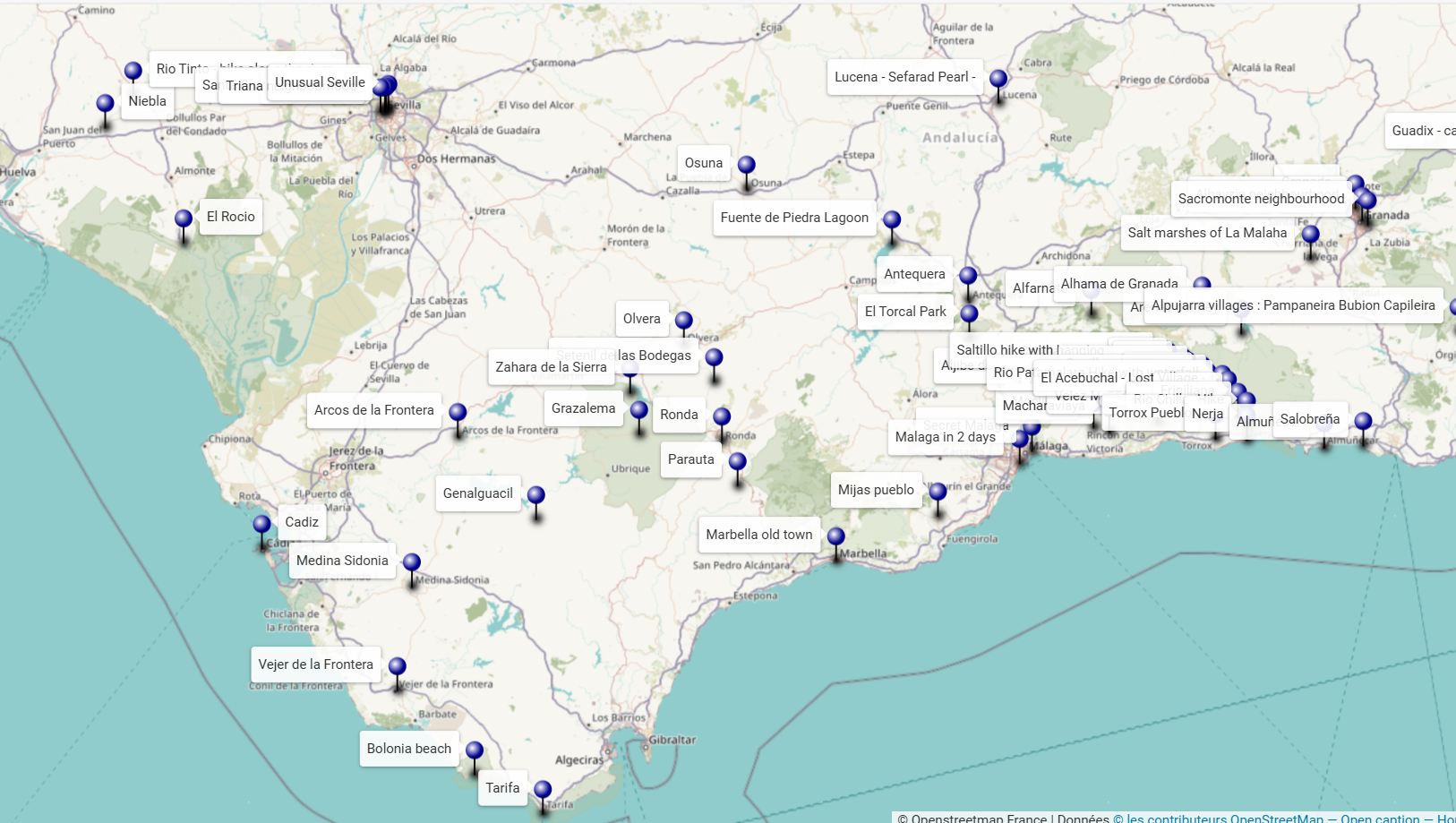
An interactive map of Andalucia to discover the sites to see around your holiday destination or to prepare a tour or road-trip.
-
Andalusia off the beaten track : 18 gems
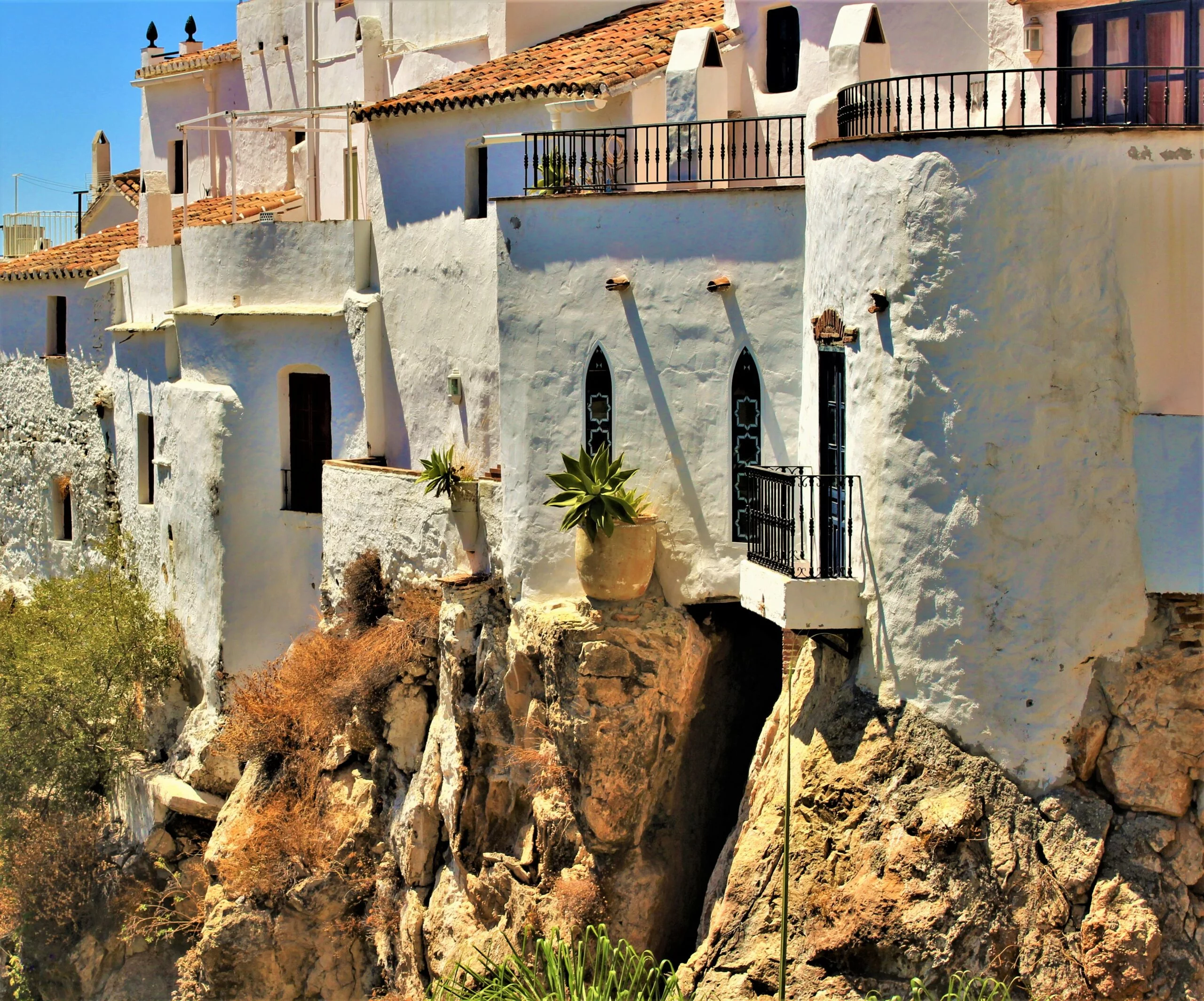
Let’s immediately set off to discover an Andalusia off the beaten track. There are many wonders to discover.
-
19 Most beautiful white villages in Andalusia
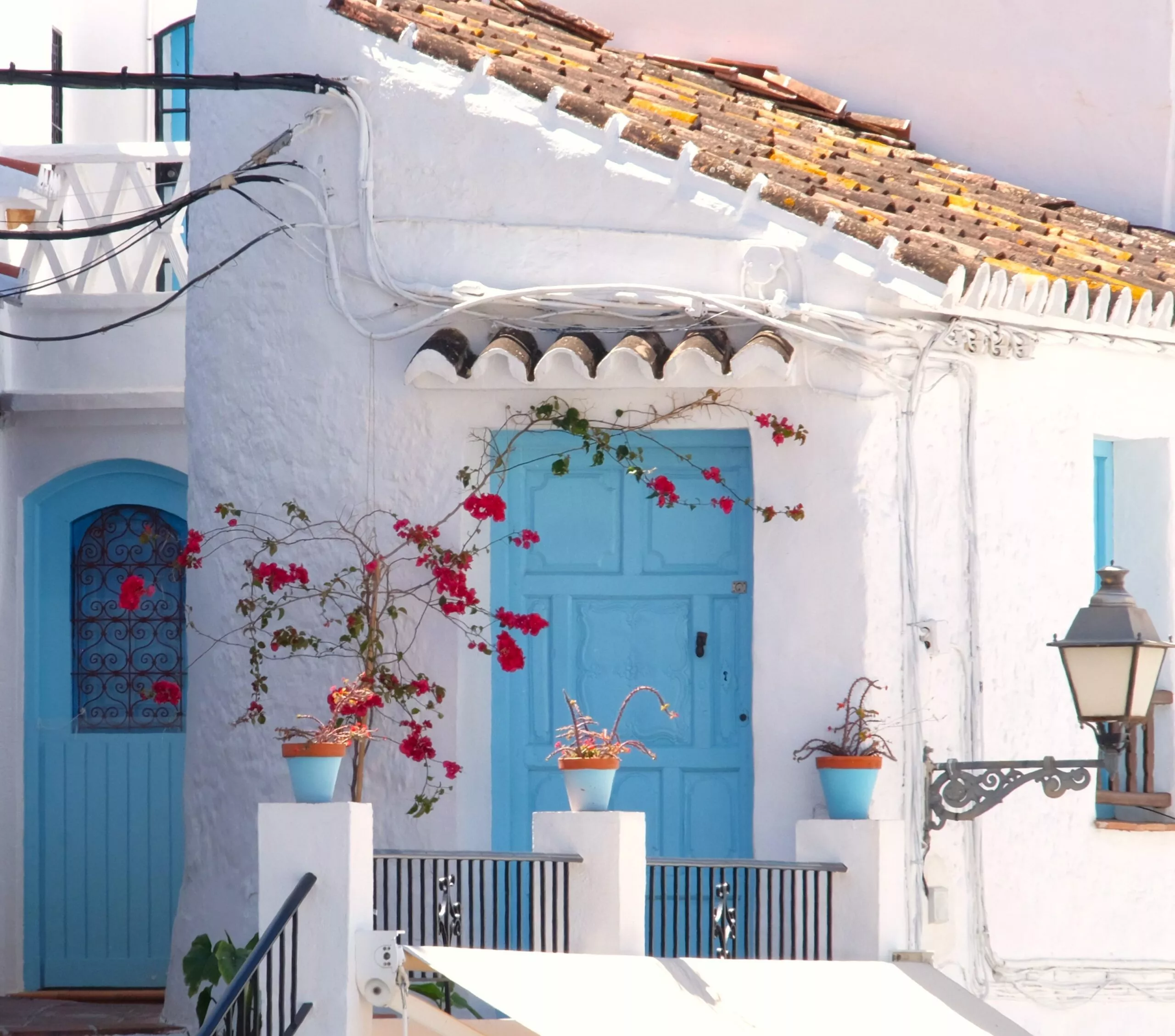
Discovering the most beautiful white villages of Andalusia. These villages are the only ones to be part of the Pueblos más bonitos de España.
-
Unusual Andalusia – 15 Very Surprising Places –
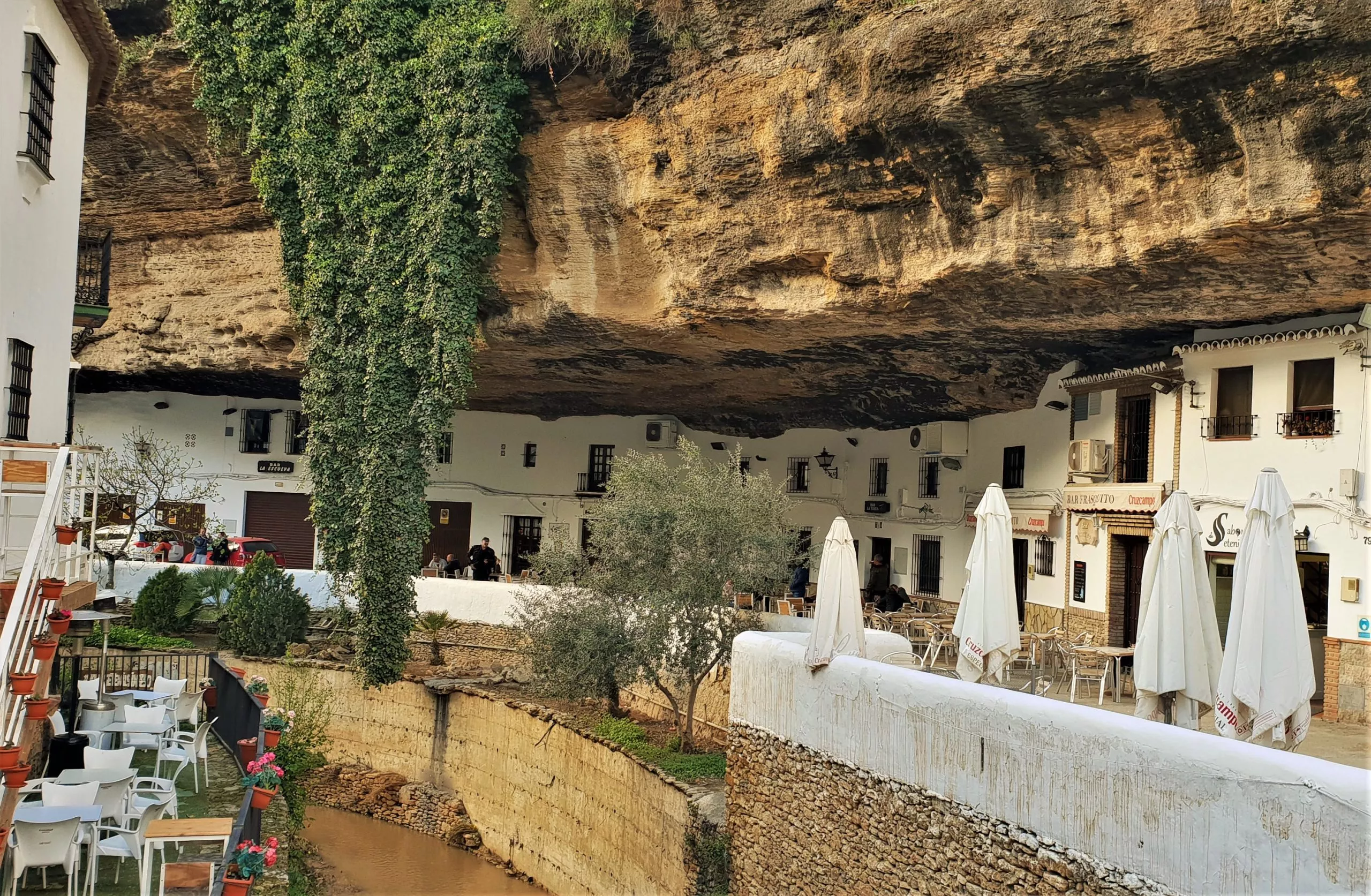
Unusual Andalusia: discover the most surprising and wonderful places in southern Spain.
